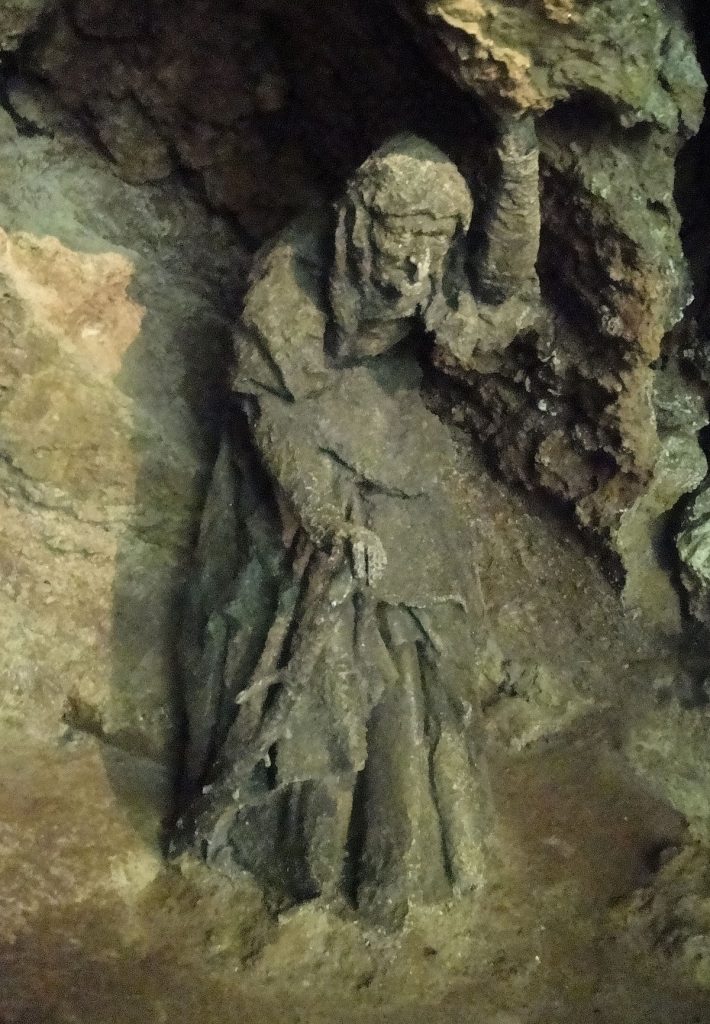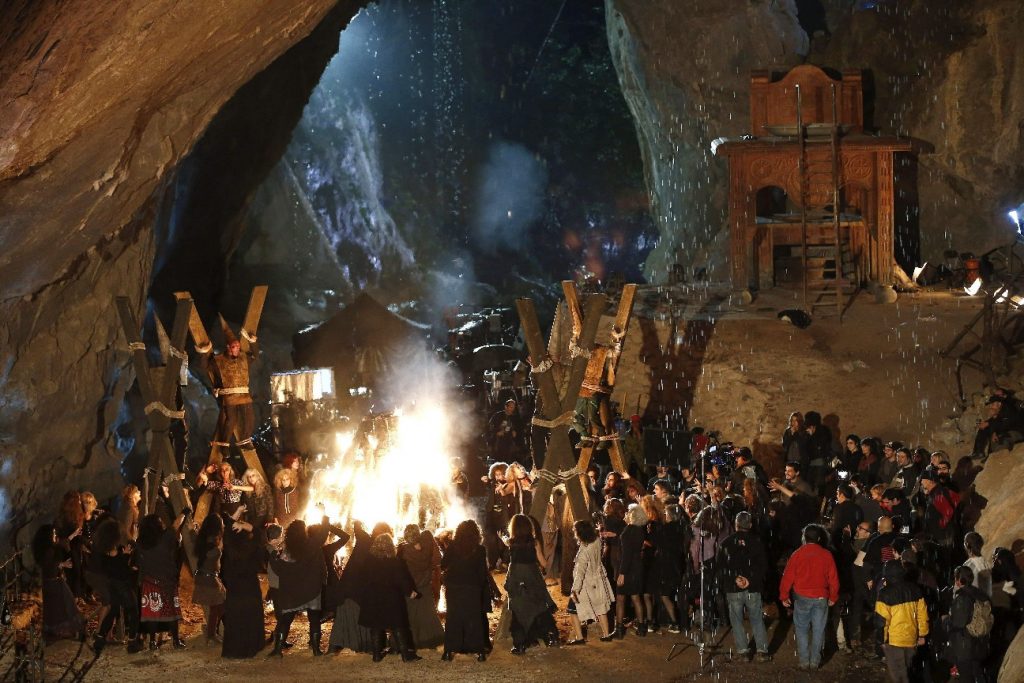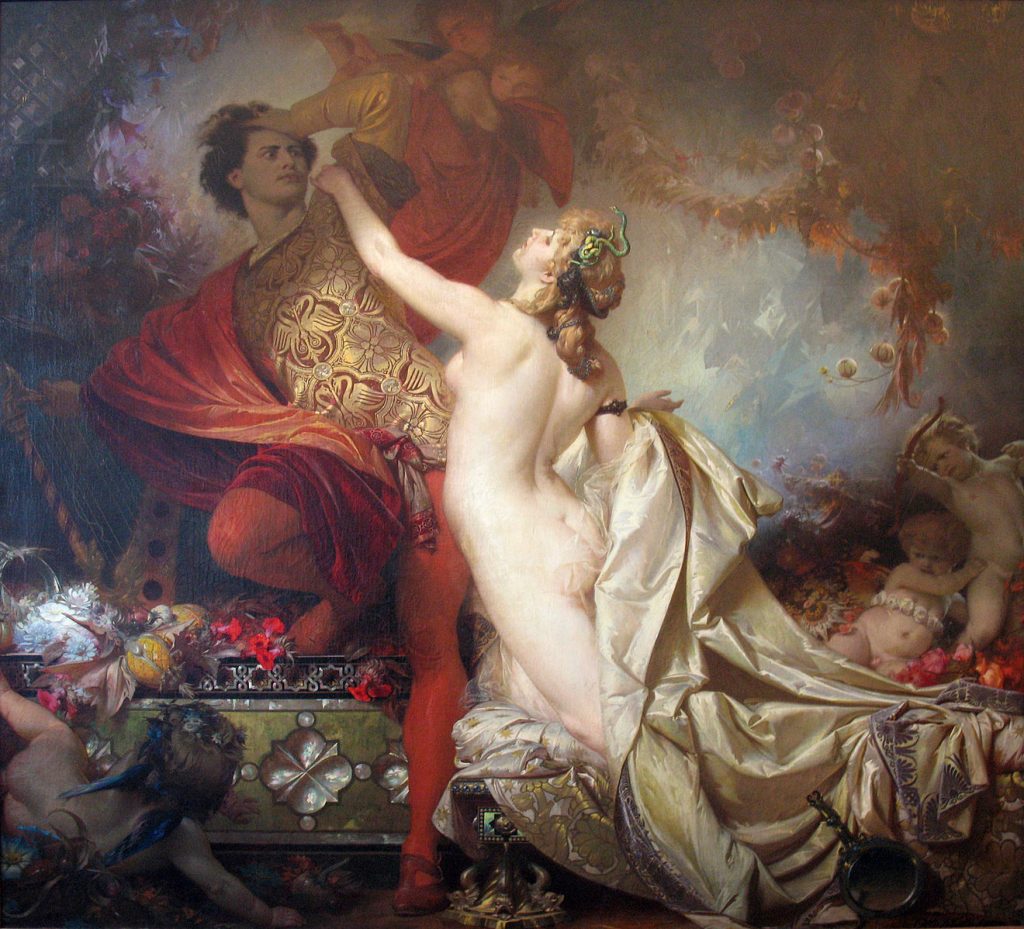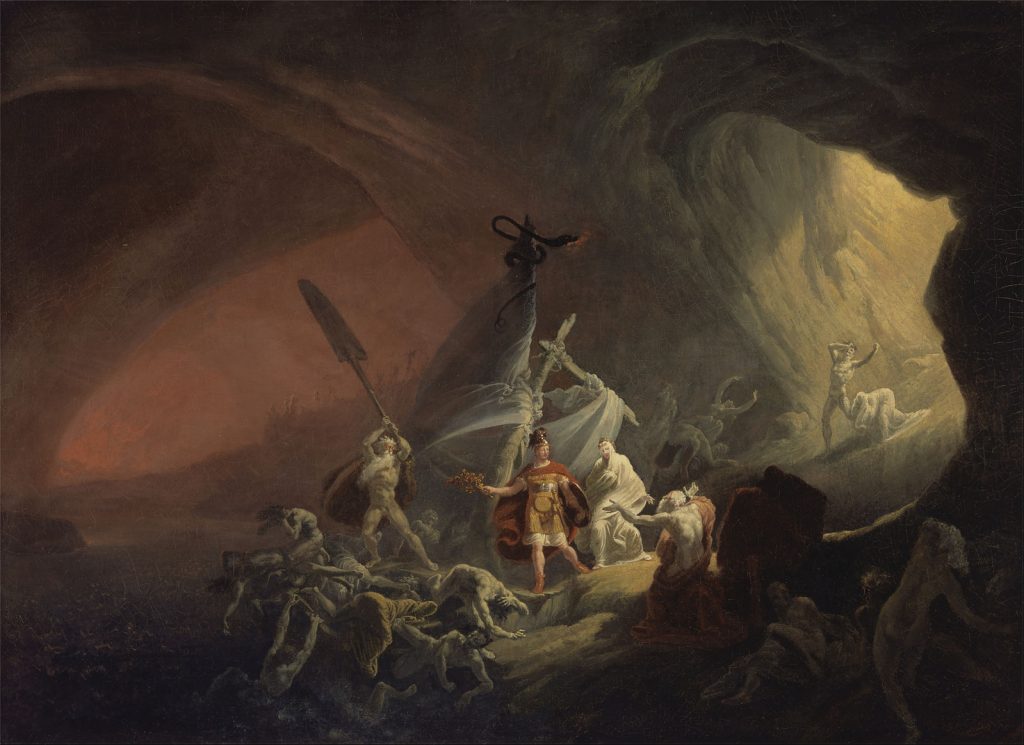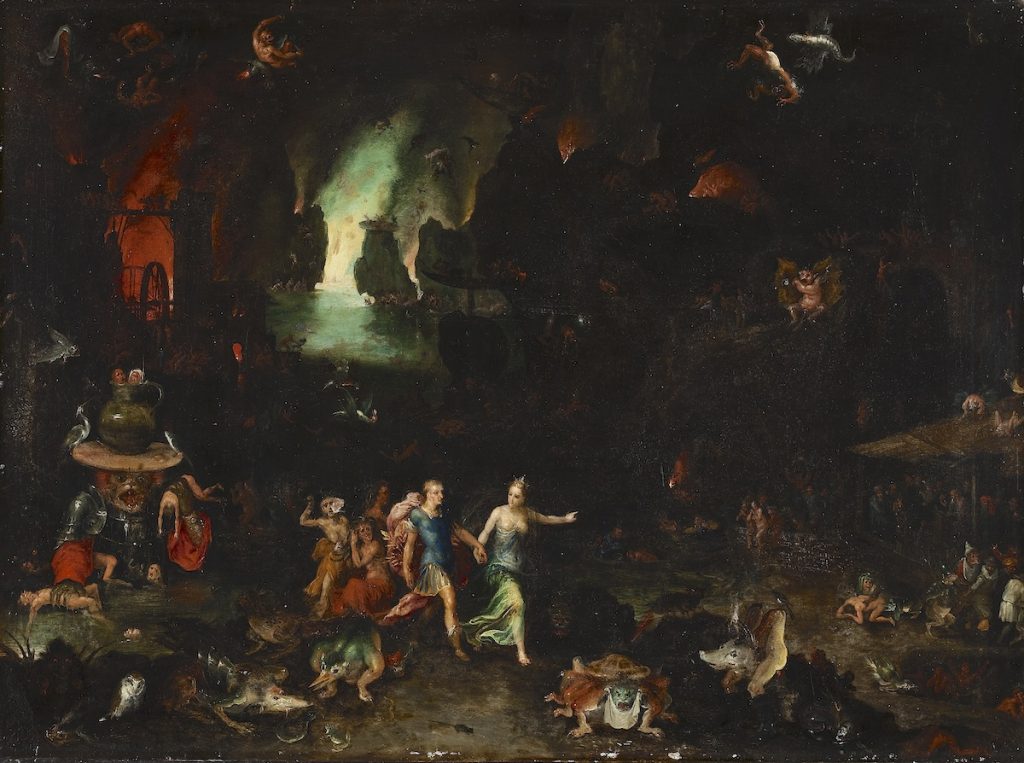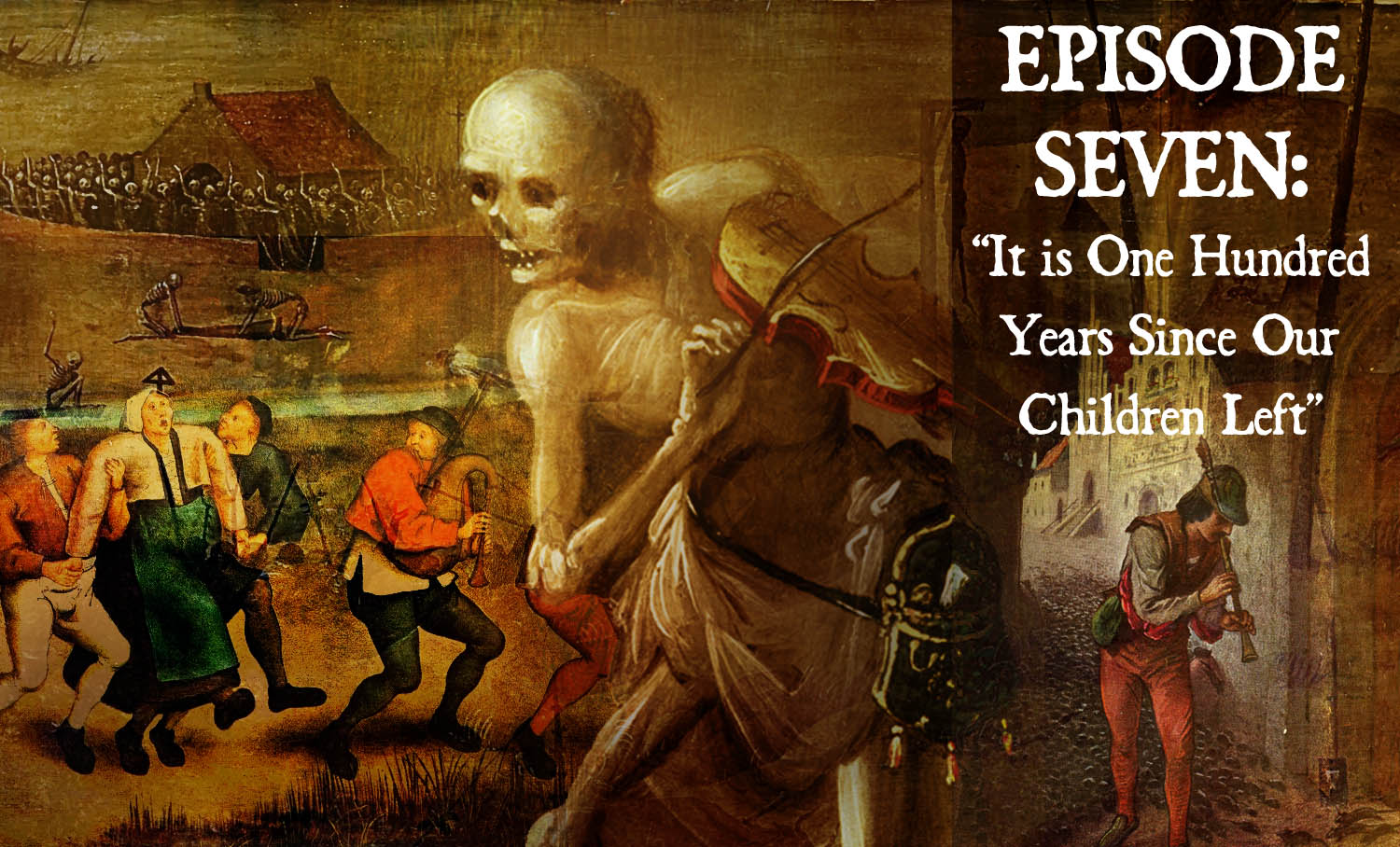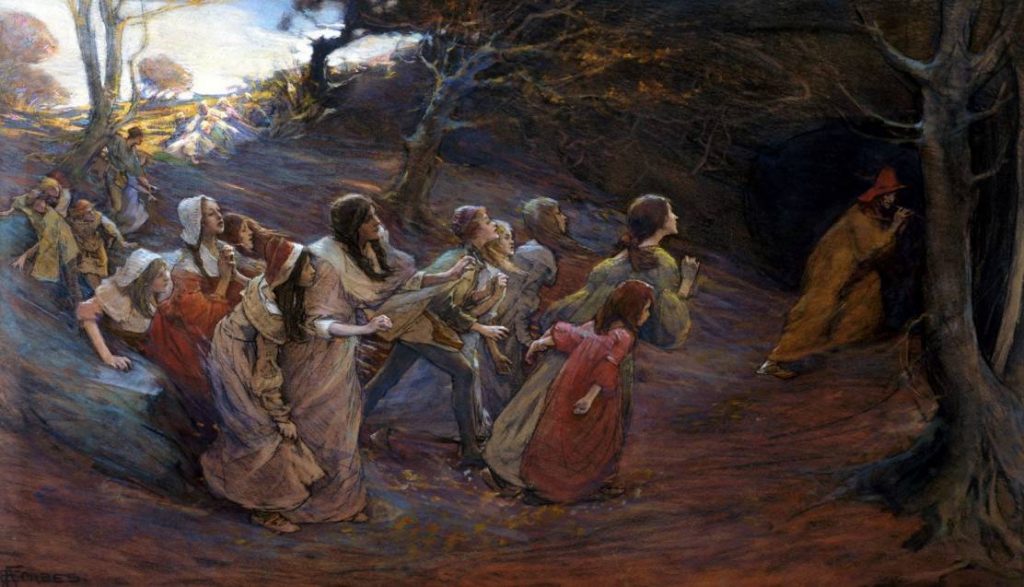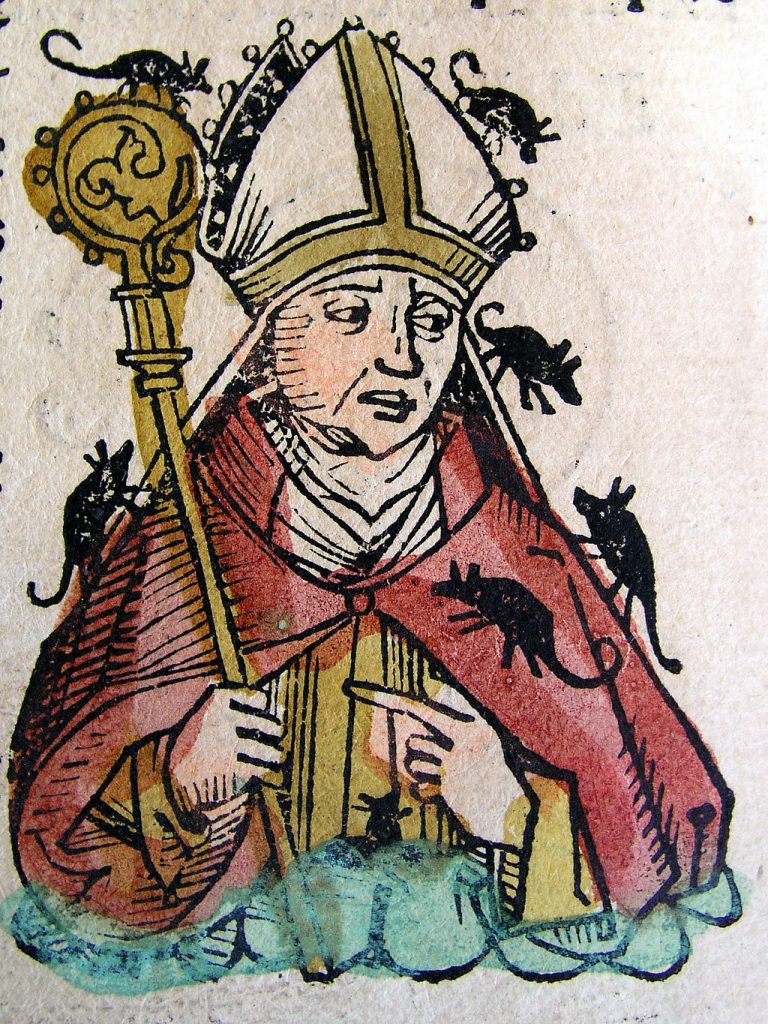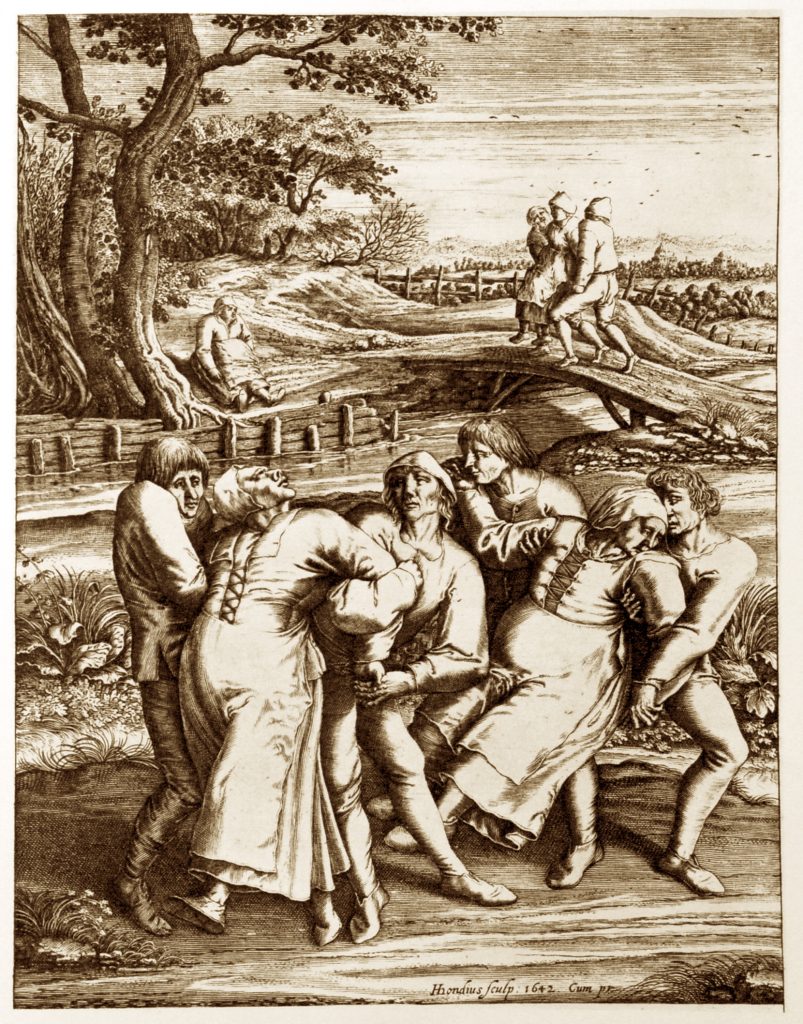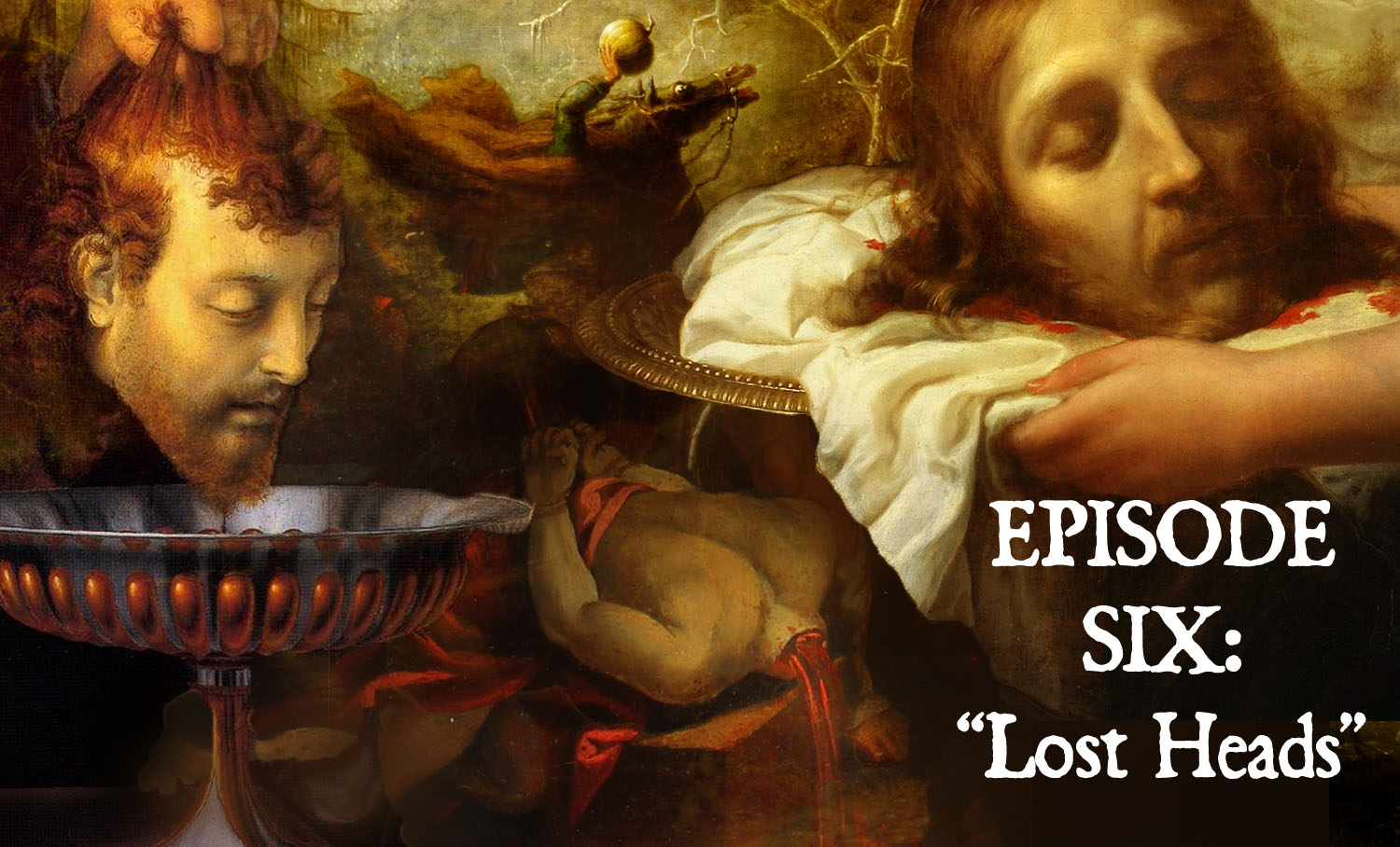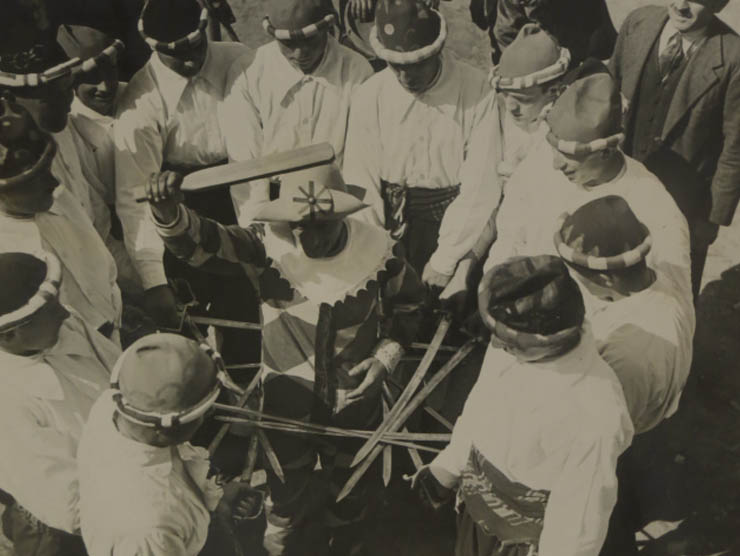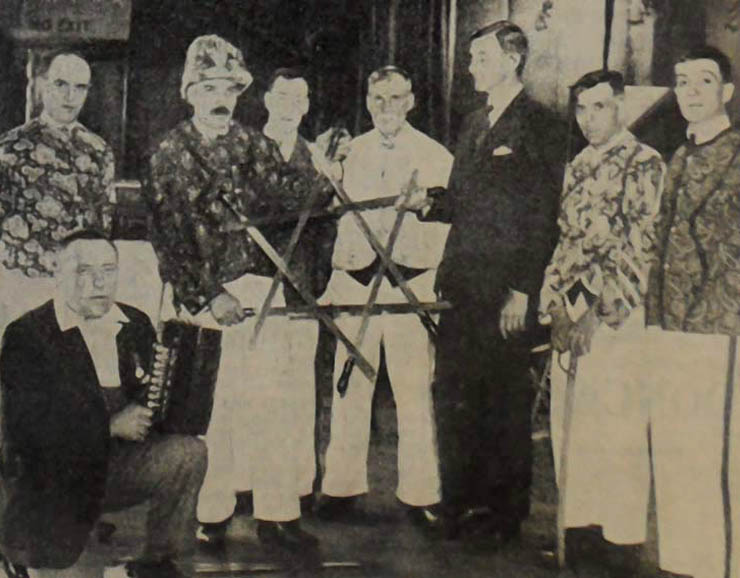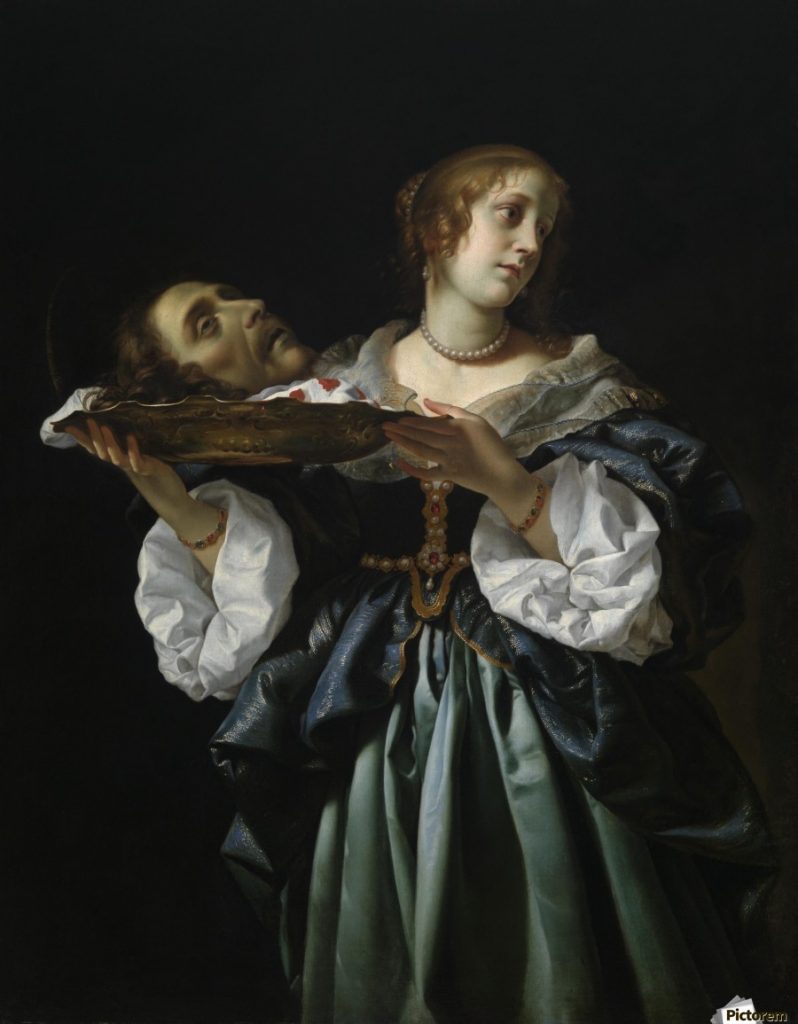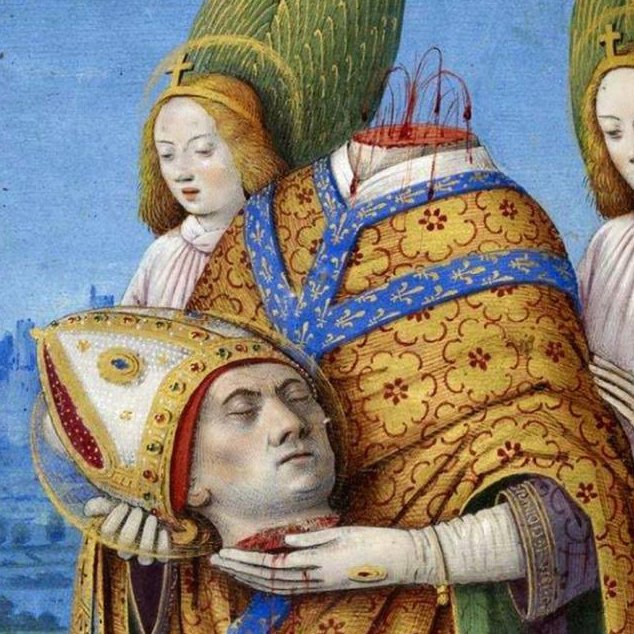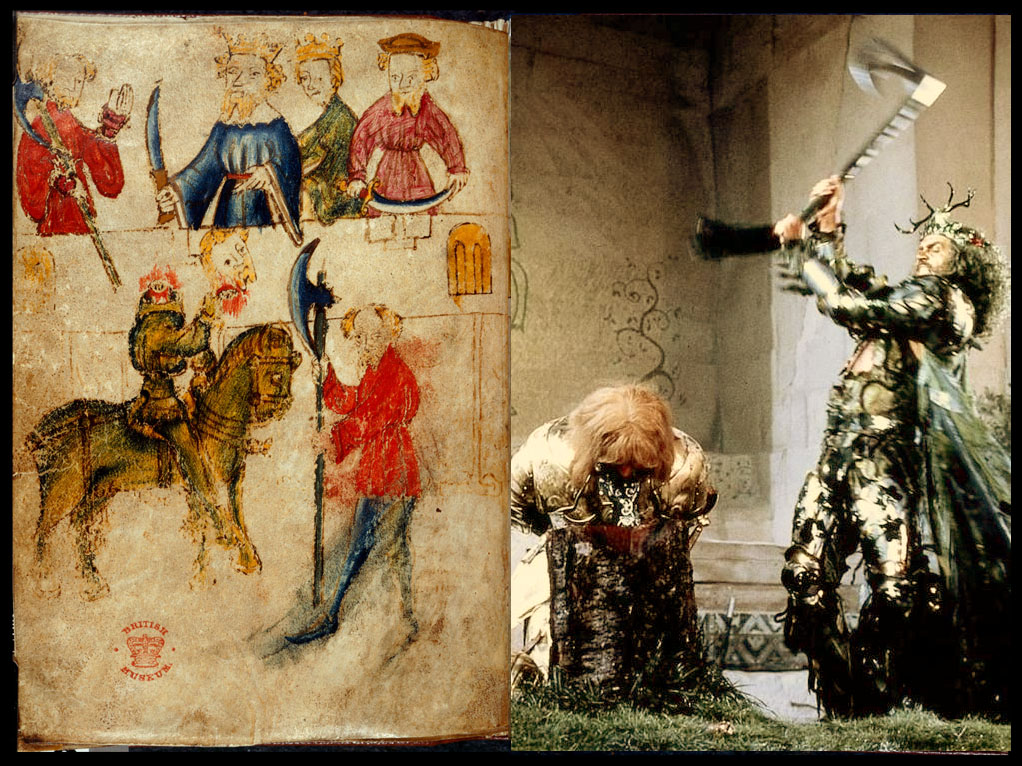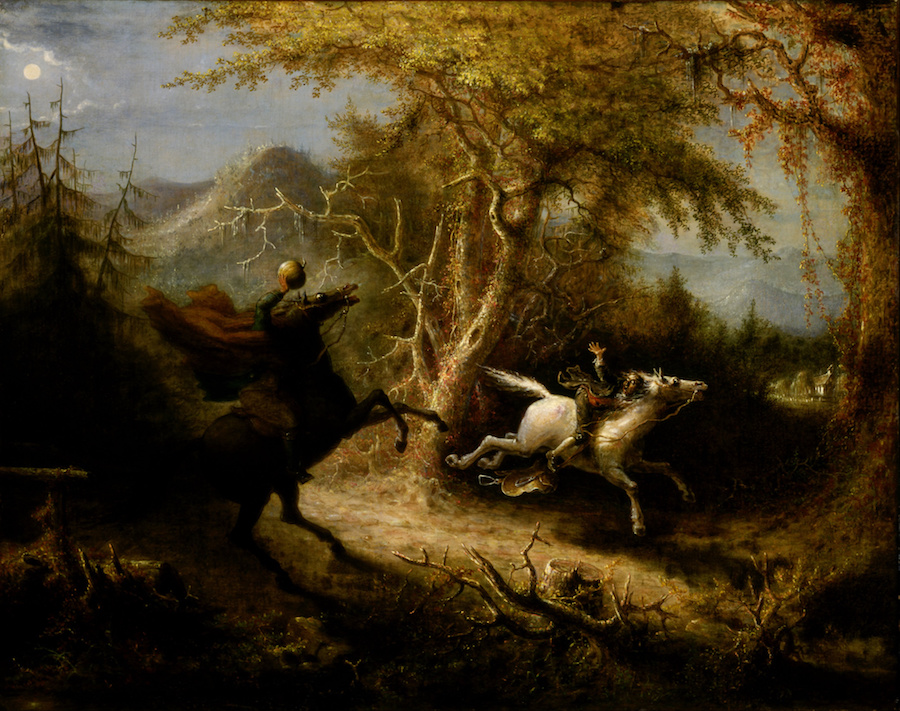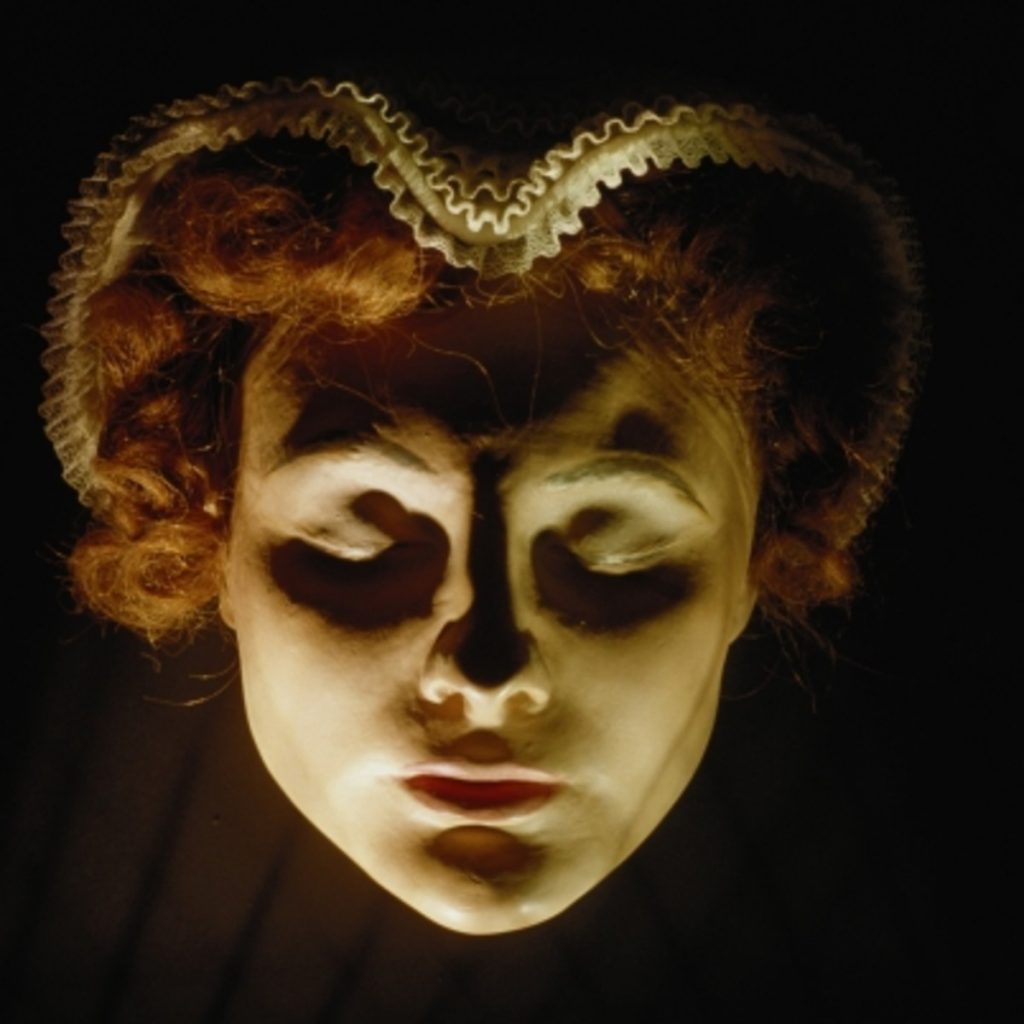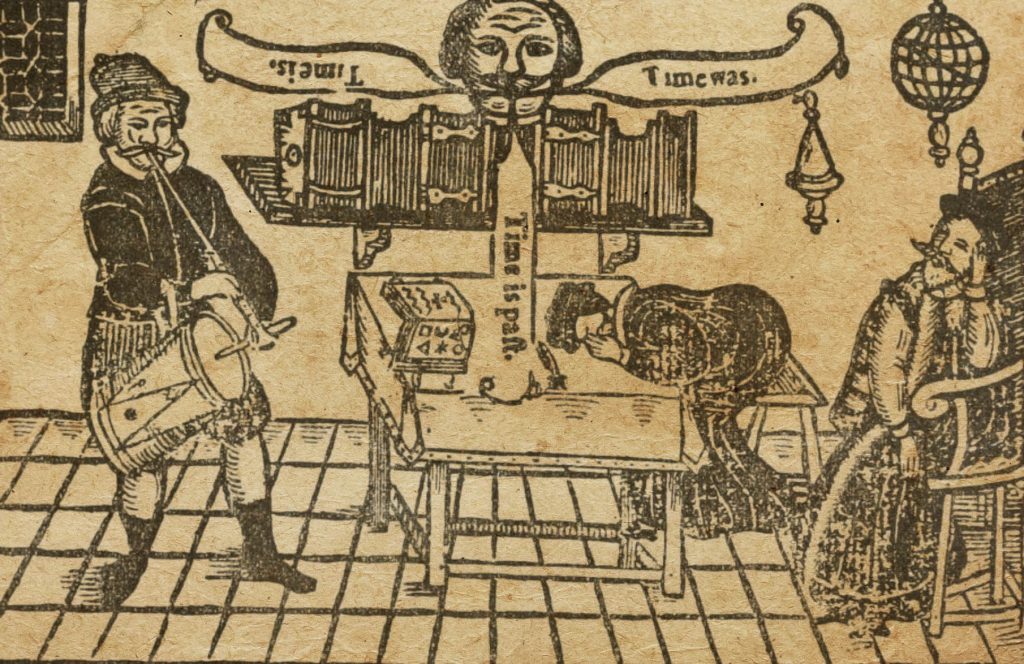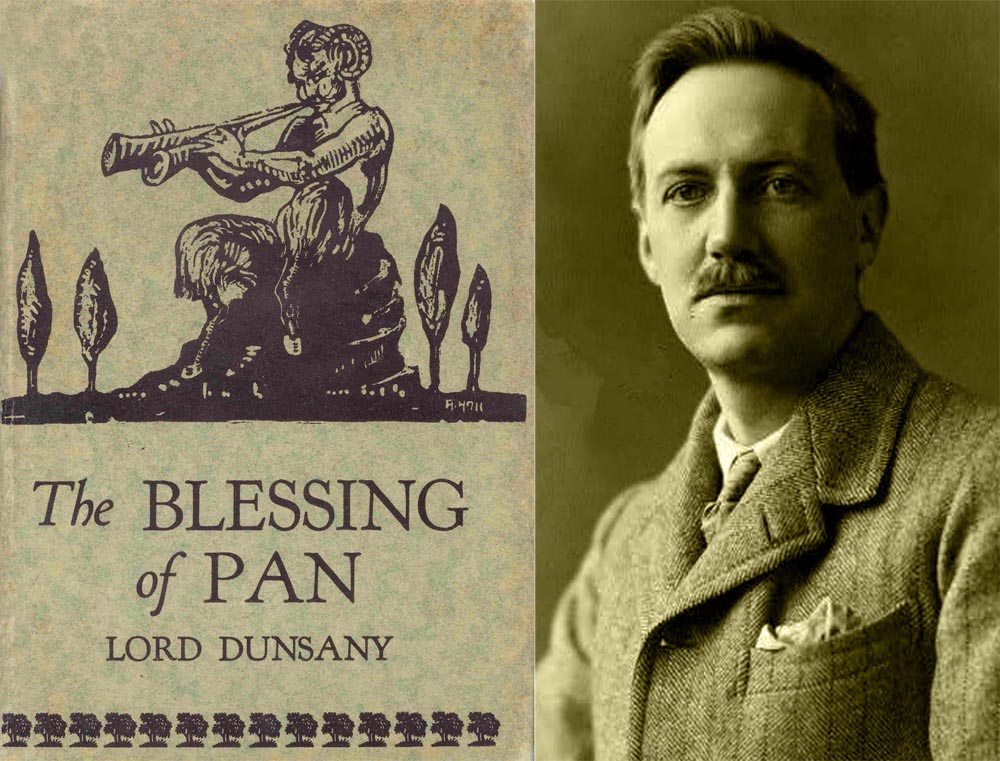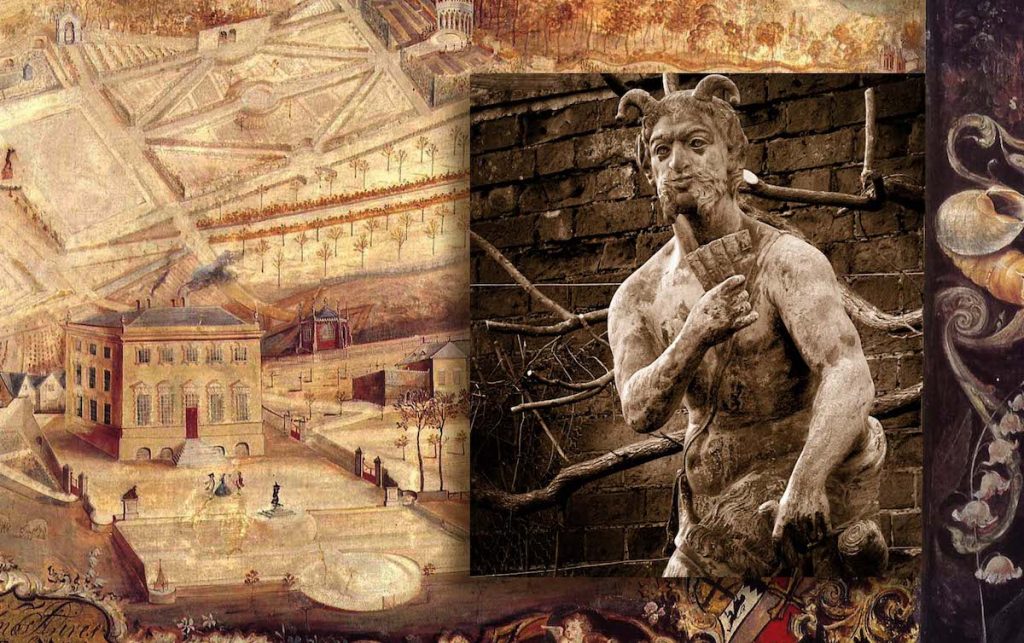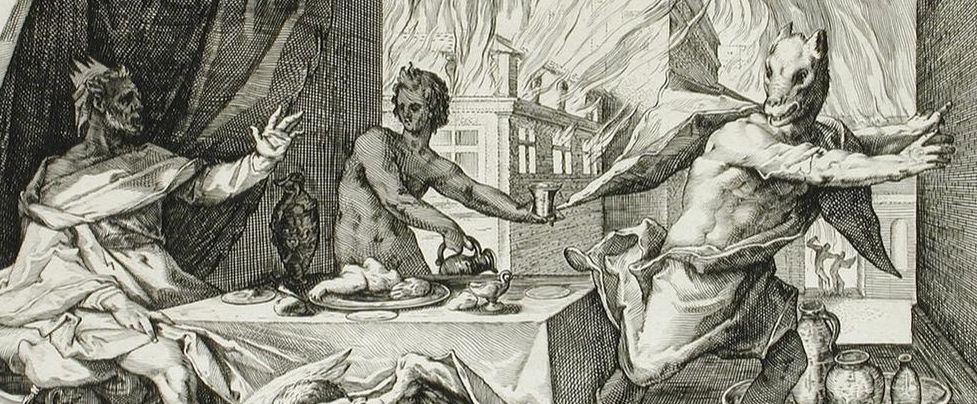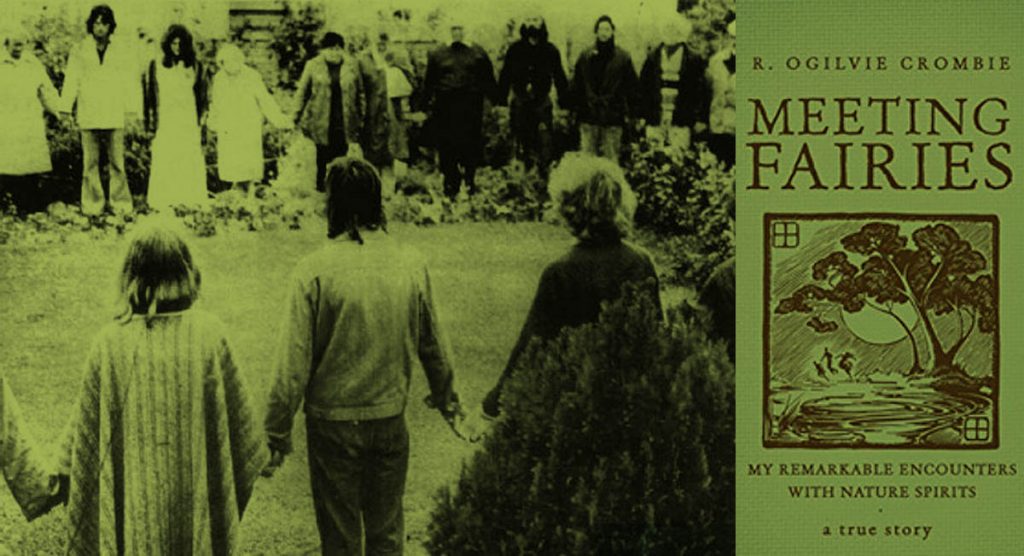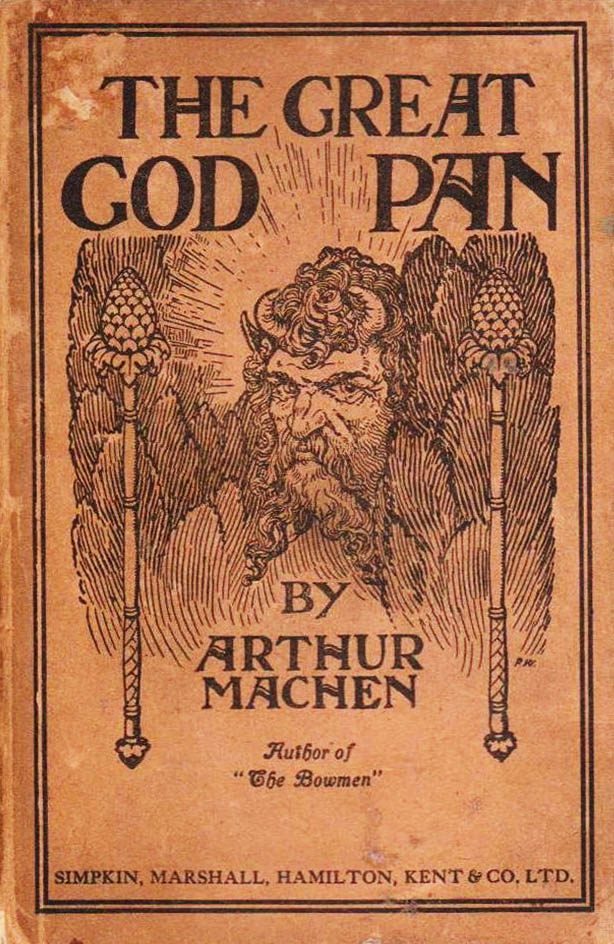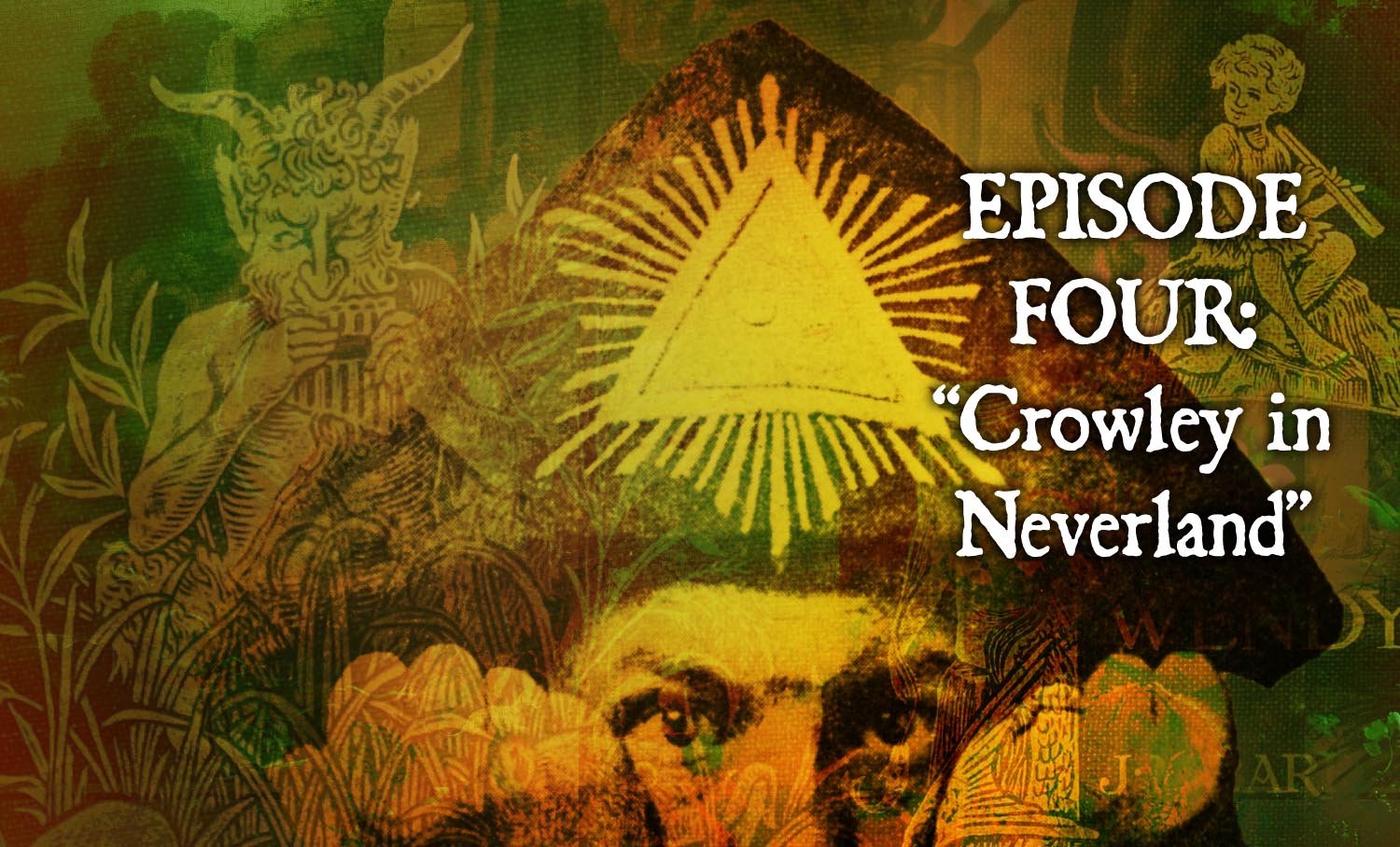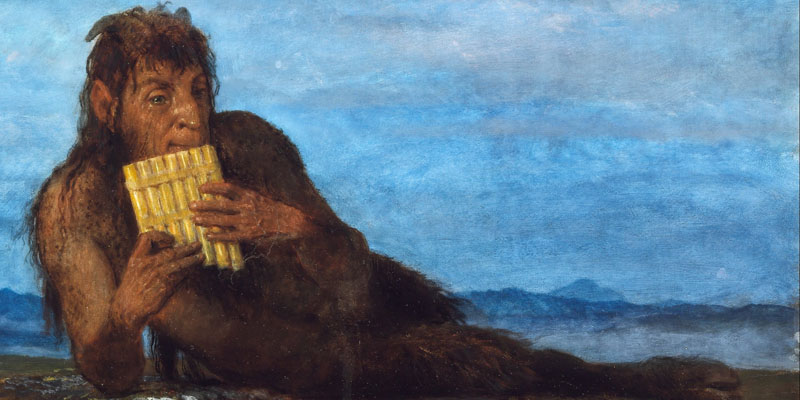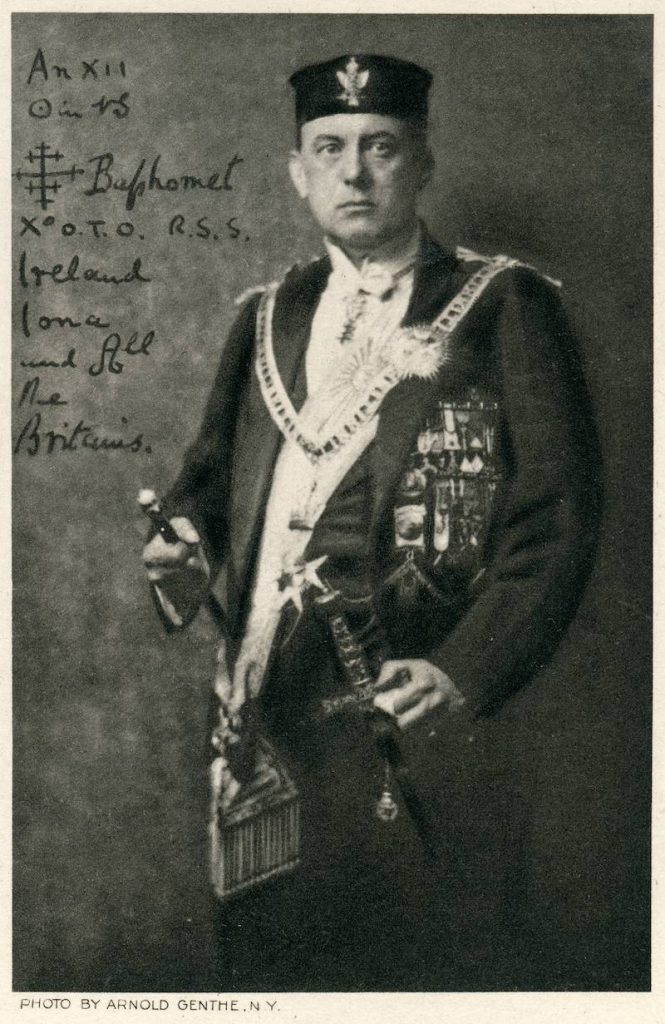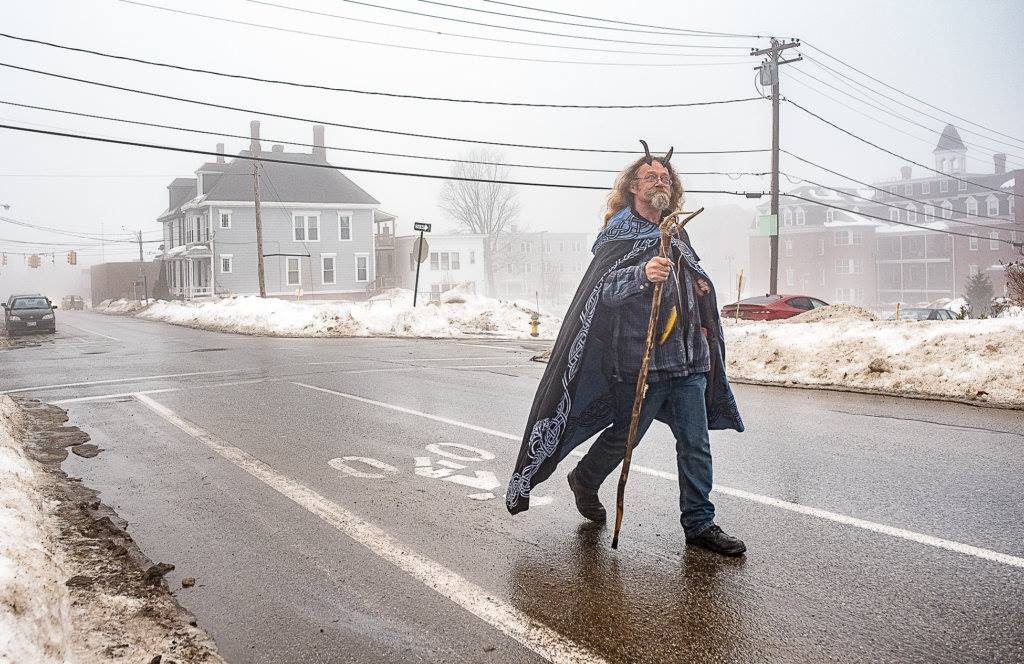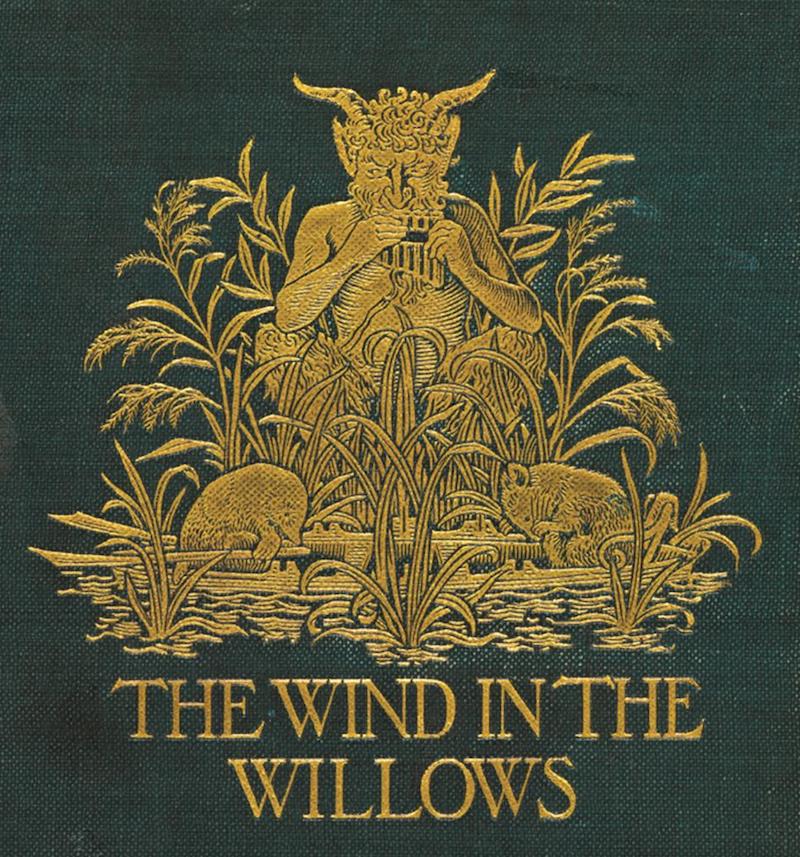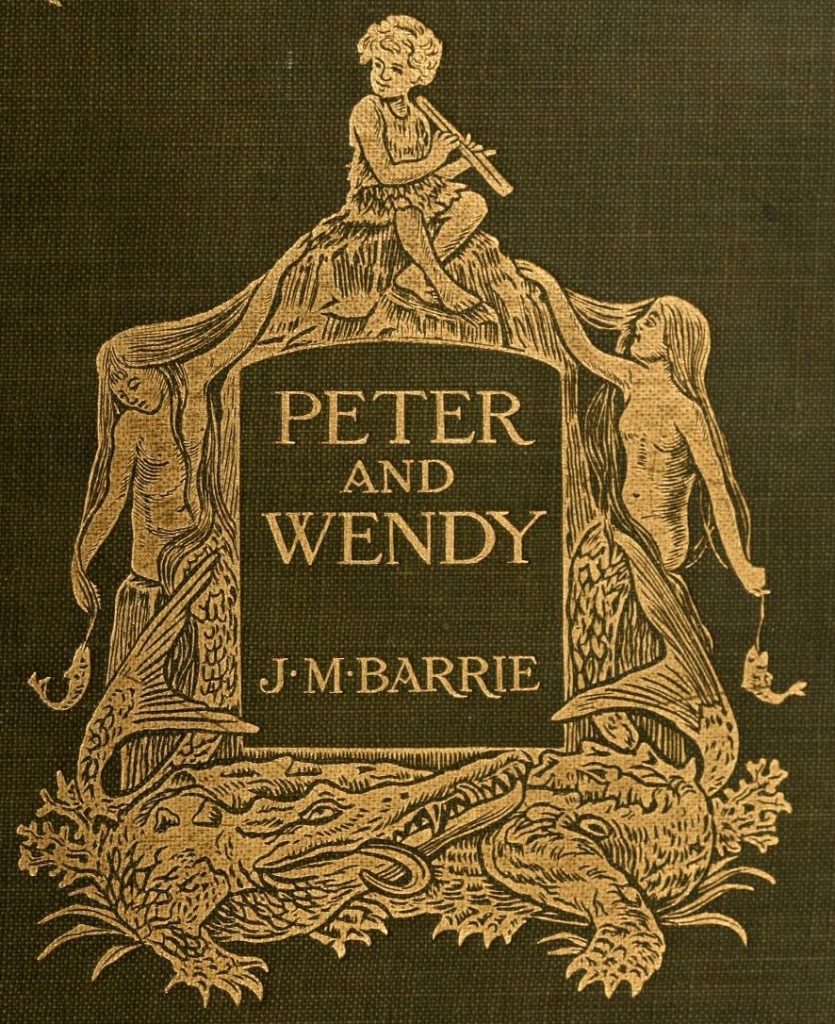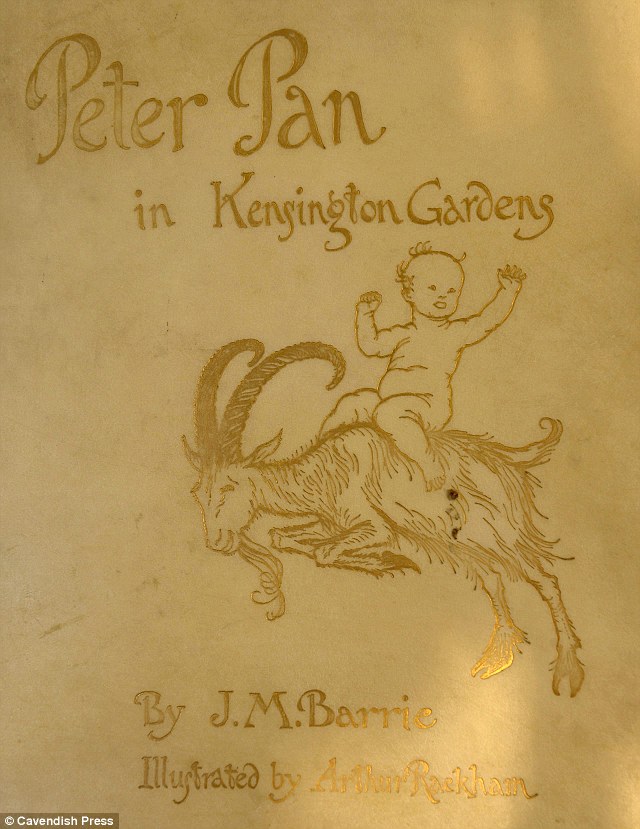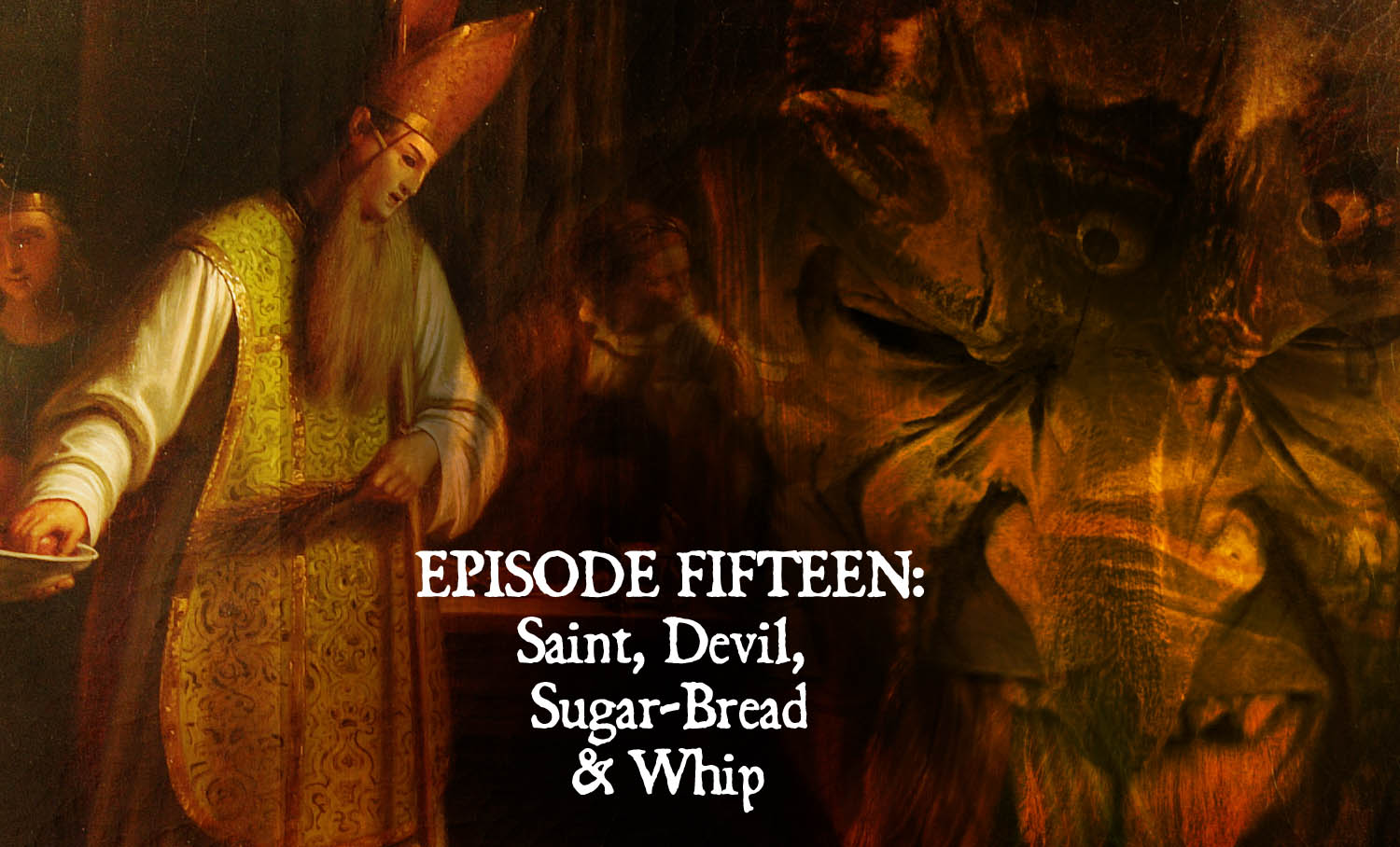
#15 Saint, Devil, Sugar-Bread, & Whip: KRAMPUS AND NICHOLAS
Podcast: Play in new window | Download (Duration: 39:10 — 35.9MB)
Subscribe: Apple Podcasts | Spotify | Android | Podchaser | RSS | More
The Krampus and St. Nicholas represent a folkloric duality embodying a mode of childrearing the Germans call “sugar-bread and whip” — in English, “carrot and stick.” In this episode, the first of three exploring the darker folklore of the season, we look at the Krampus’ origins in the old custom of Krampus and Nicholas house-visits and the older Alpine “Nicholas Plays.”
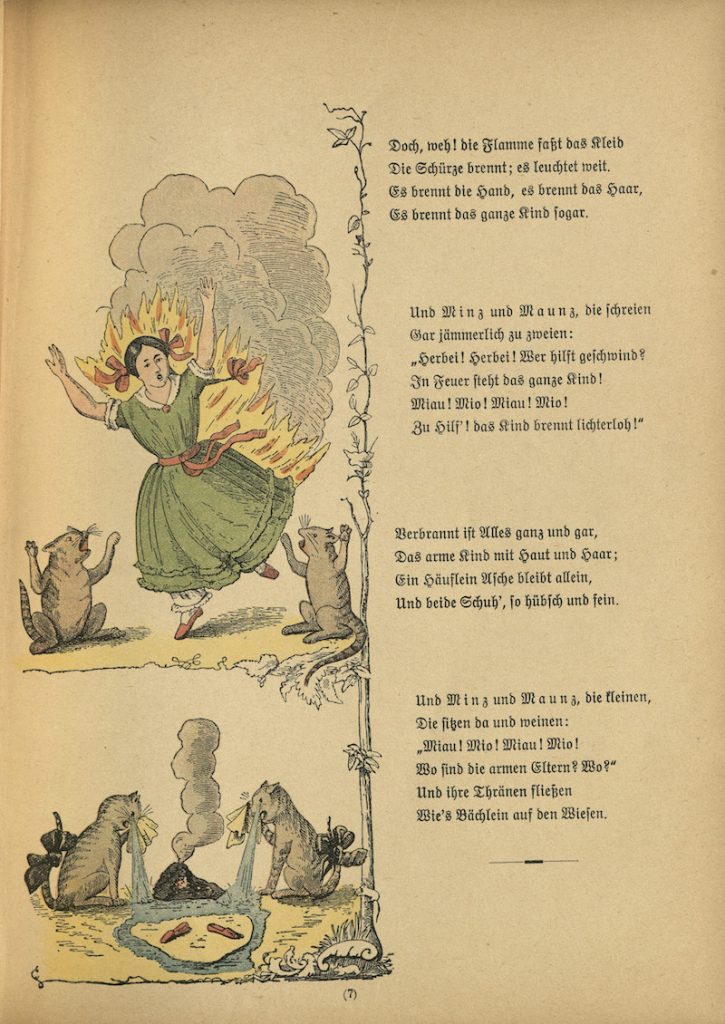
We begin our discussion with a consideration of the “sugar-bread and whip” literary example par excellence, Der Struwwelpeter, the 19th-century German children’s book in which “un-groomed Peter,” and other misbehaving children meet dreadful ends. An clip from a 1955 cinematic version of the story from Germany, and a bit of The Tiger Lillies’ “junk opera,” Shockheaded Peter is included.
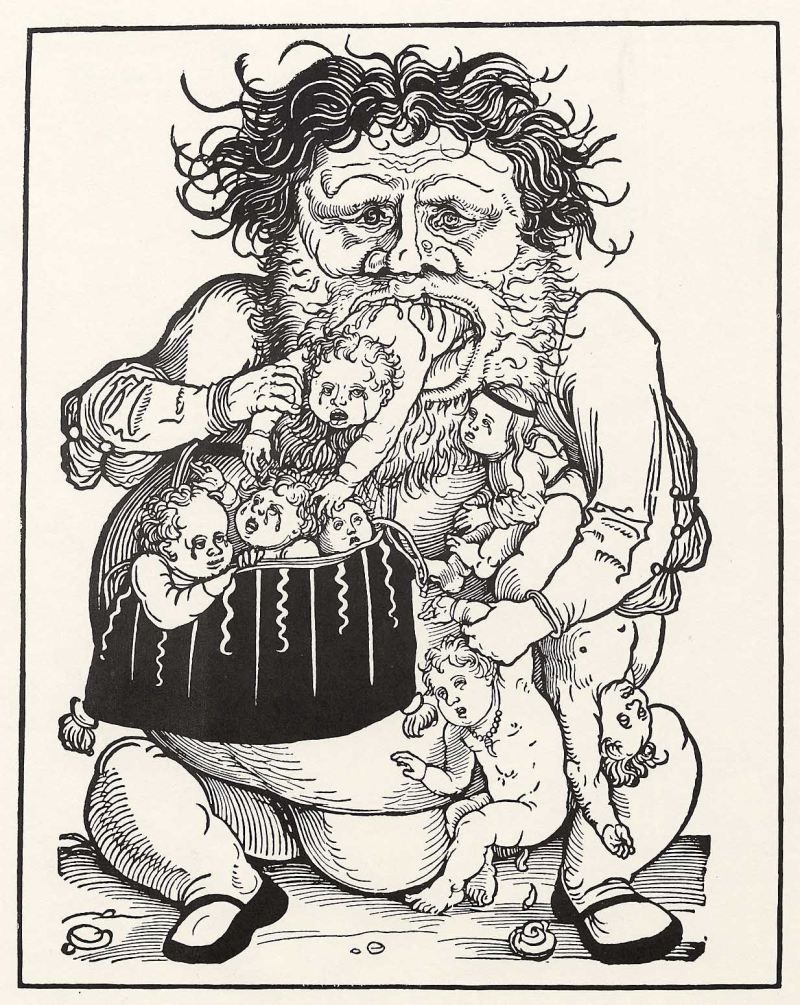
As the Krampus is, at root, simply a bogeyman, we discuss some early (and ghastly) images of German bogeymen from Carnival broadsides, which might be considered forerunners of the Krampus. The “Child-Eater Fountain” in Bern, Switzerland, a sculptural rendering of these same figures, is also mentioned.
A soliloquy delivered by a rhyming Krampus in an old 19th-century Alpine “Nicholas play,” introduces us to the figure. The verse is a translation from your host’s book The Krampus and The Old, Dark Christmas, as is much of the material in this episode.
Next we discuss the source of the Krampuslauf (Krampus run) tradition in the old custom of house-visits made by costumed troupes consisting of a St. Nicholas, Krampuses, angel assistants to the saint, and an odd backwoodsy character called Körbelträger (basket carrier). Part of the visit discussed is small test of the children’s good character consisting of a performance for St. Nicholas of a memorized poem or song. A traditional song for this occasion is “Lasst uns froh und munter sein,” which we hear in a clip. We also hear some background sound effects provided by an excellent video depicting traditional Krampus customs in Austria’s Gastein Valley.
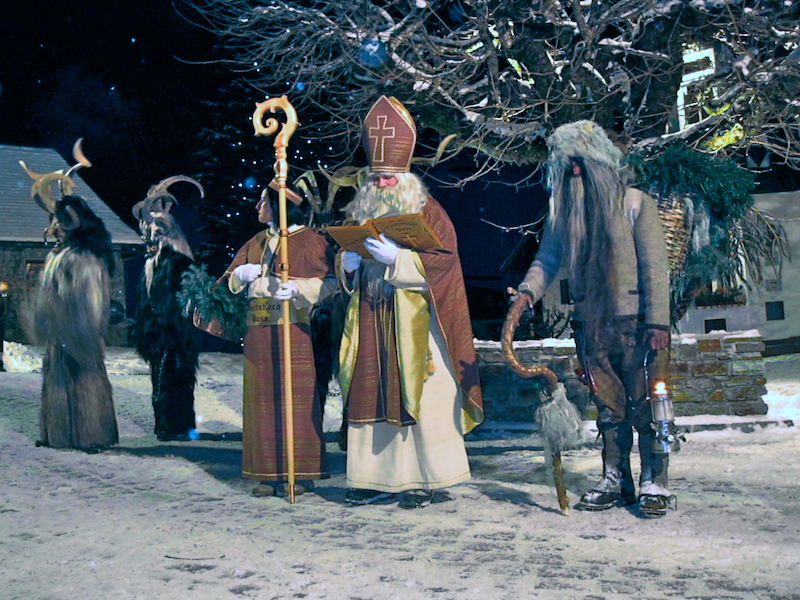
We then have a look at ways in which the tradition of Nicholas plays featuring the saint mingled with local pagan folklore of the Perchten, winter spirits of the German-speaking Alps, and hear a number of historic accounts illustrating how this rowdy element worked its ways into the Nicholas customs of centuries gone by. Various outrageous are documented from drunken Nicholases to actual deaths of performers.
The show concludes with a more in-depth look at these Nicholas plays, including some bawdy slapsticks elements hardly befitting a saint. Wilkinson delivers a stirring rendition of the “Lucifer Sermon,” a devilish rant, traditionally concluding these plays.
LISTENER NOTE: During our intro segment, we also receive a phone message from Mark Norman of The Folklore Podcast responding to the ongoing dilemma of the phantom cat, which seems to be haunting the Bone and Sickle studio-library. (Listeners who have not yet tuned in to the Folklore Podcast, should also watch for Mr. Ridenour upcoming appearance on the show, in which he discusses some pagan aspects of the Krampus myth not covered elsewhere.)
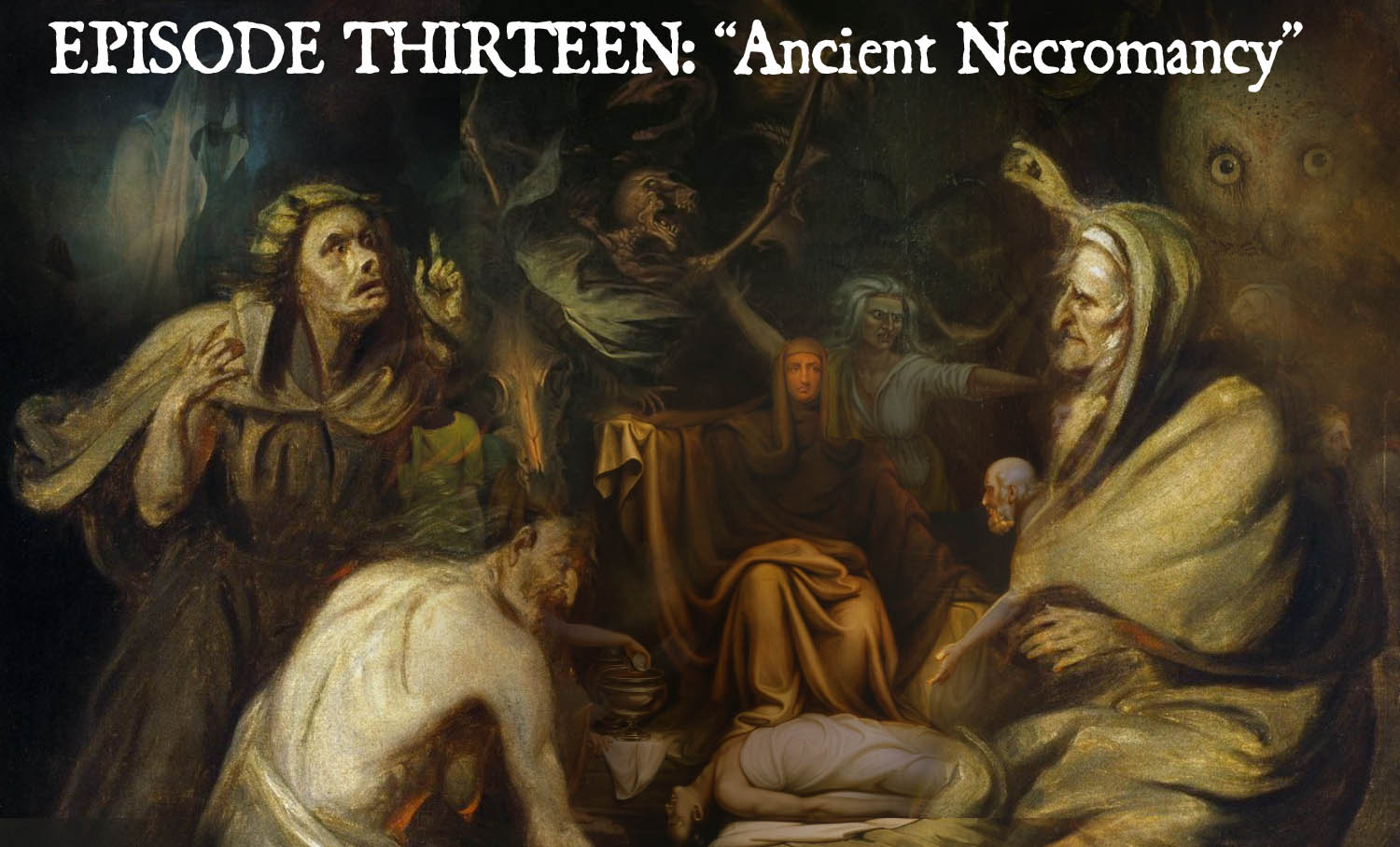
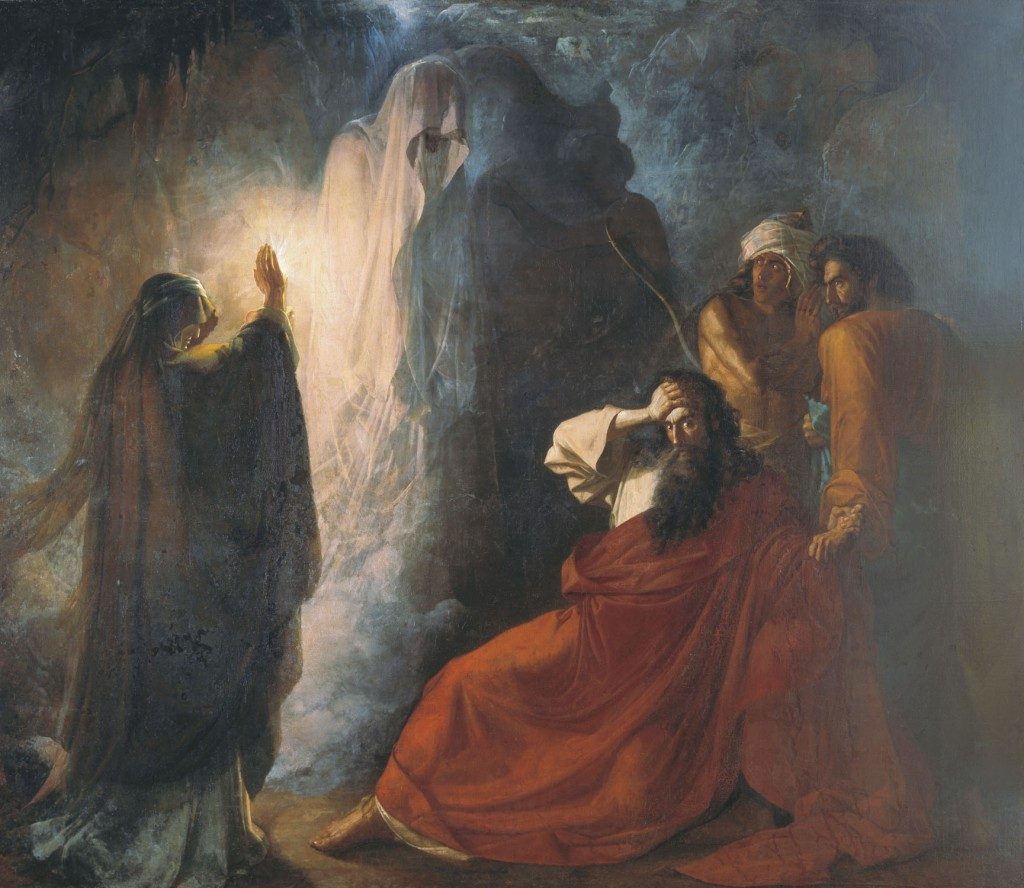
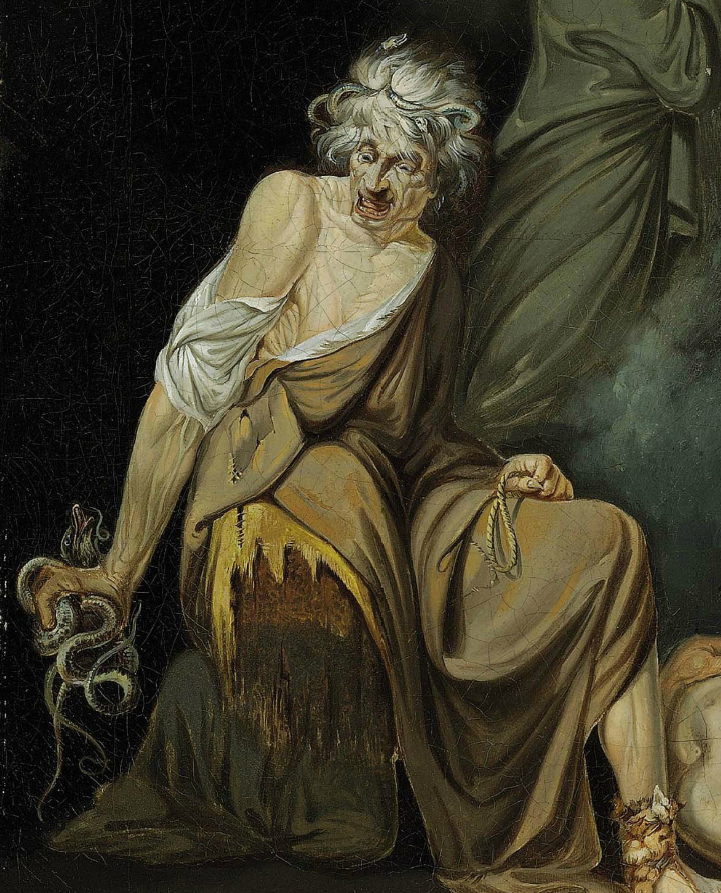
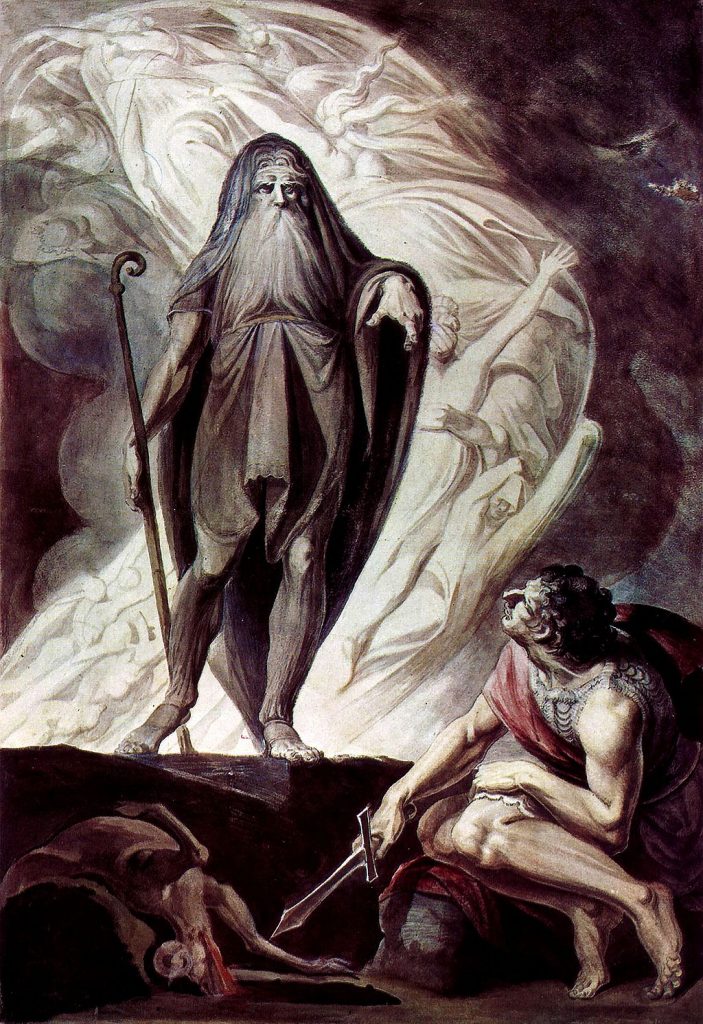
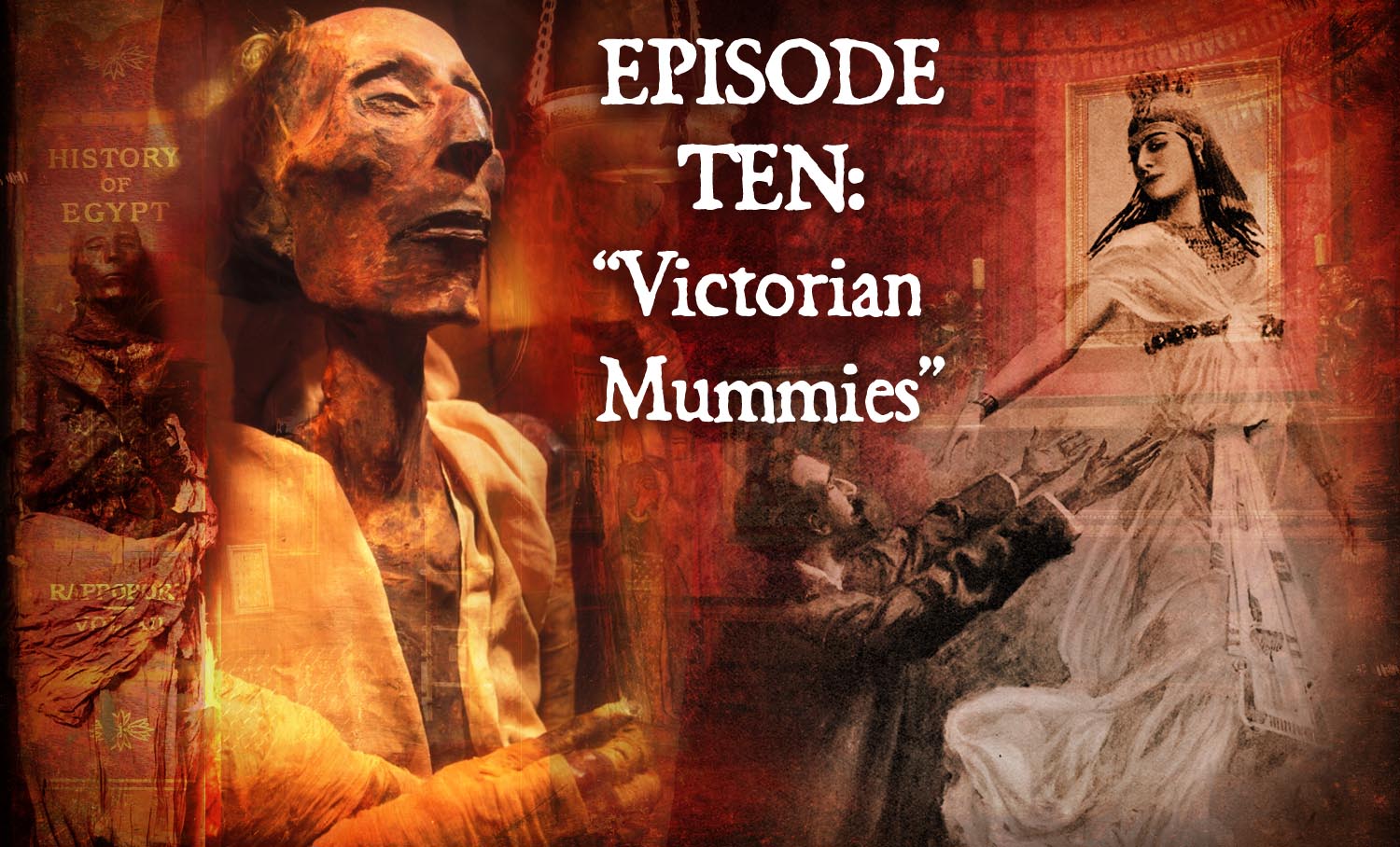
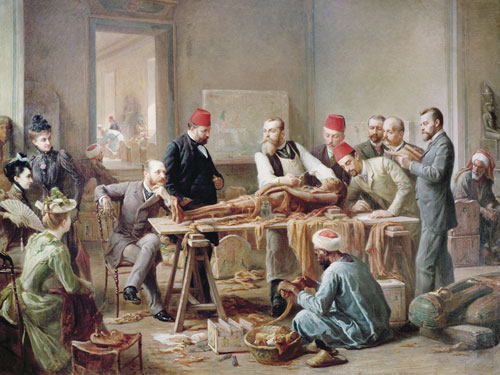
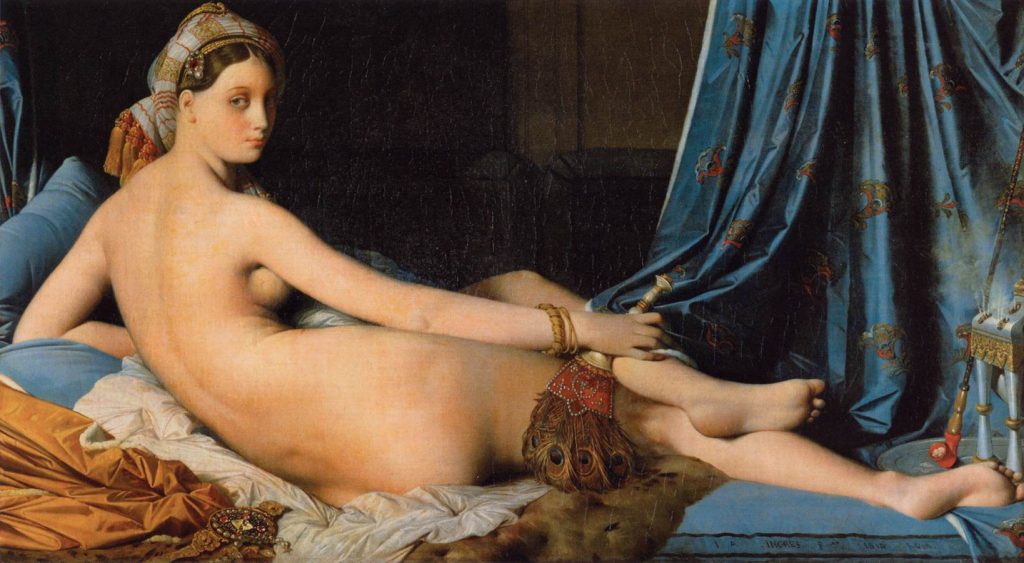
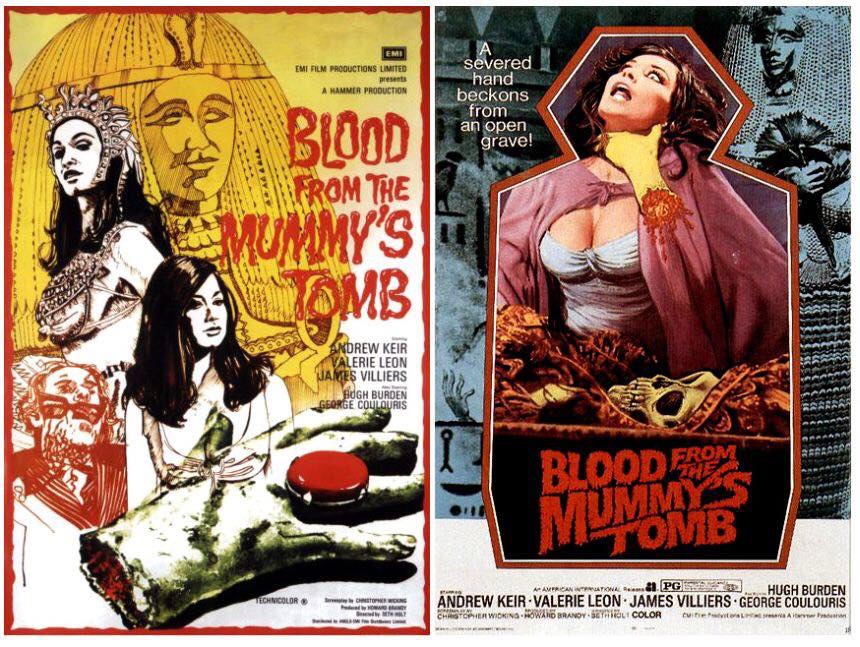
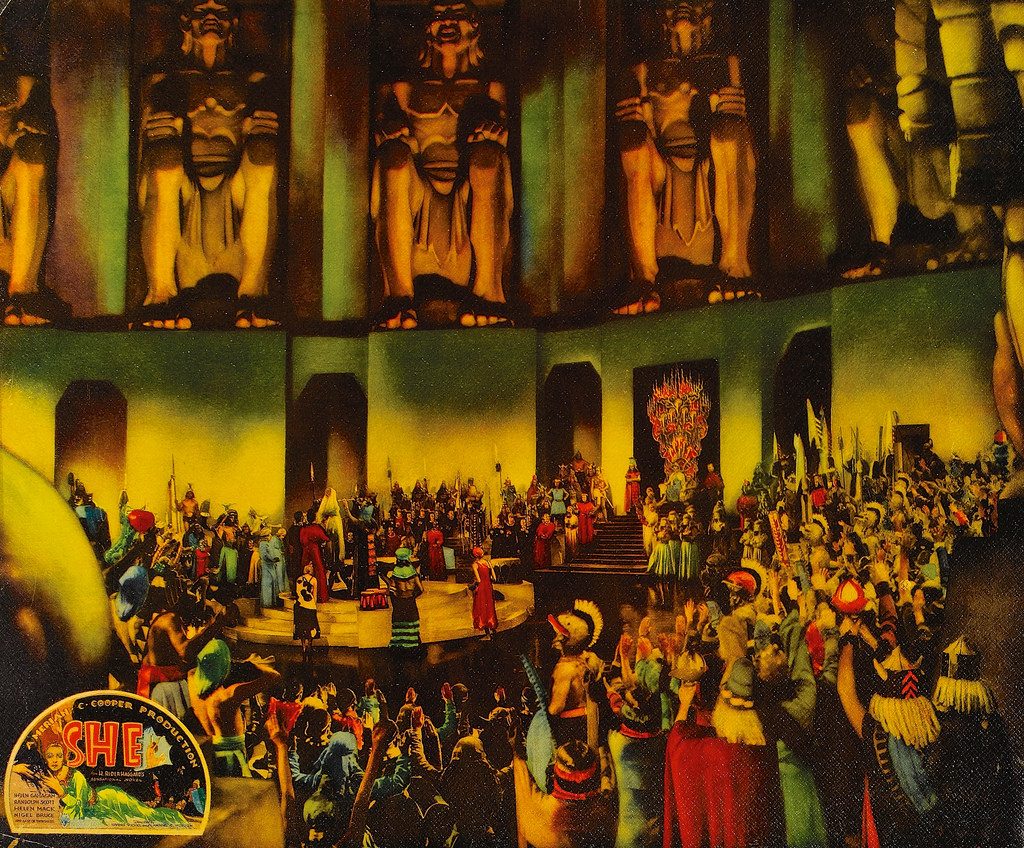
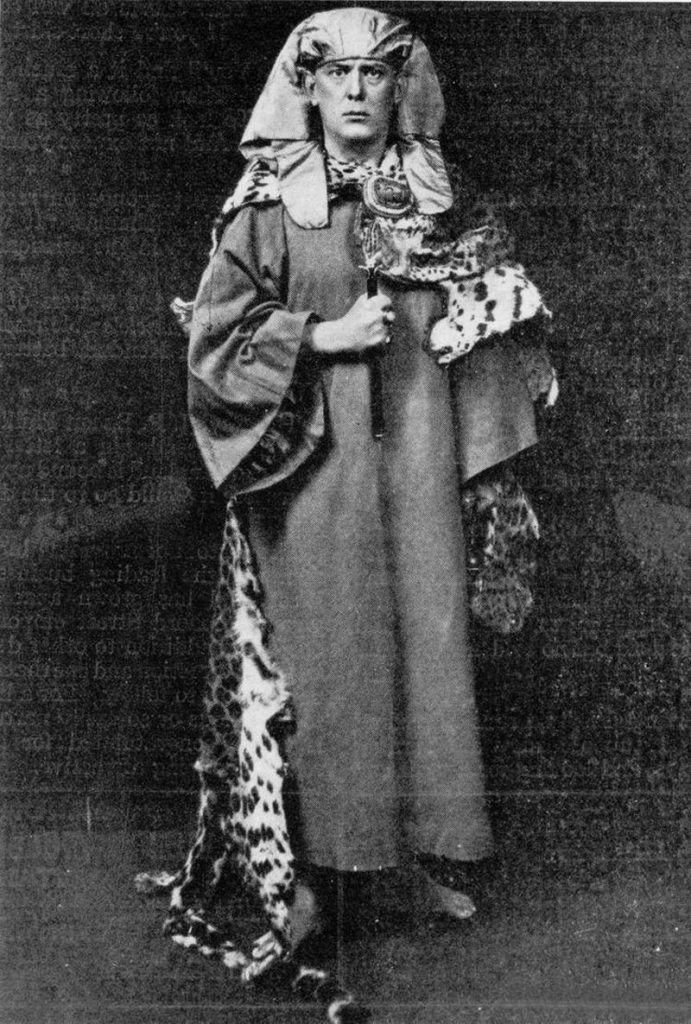
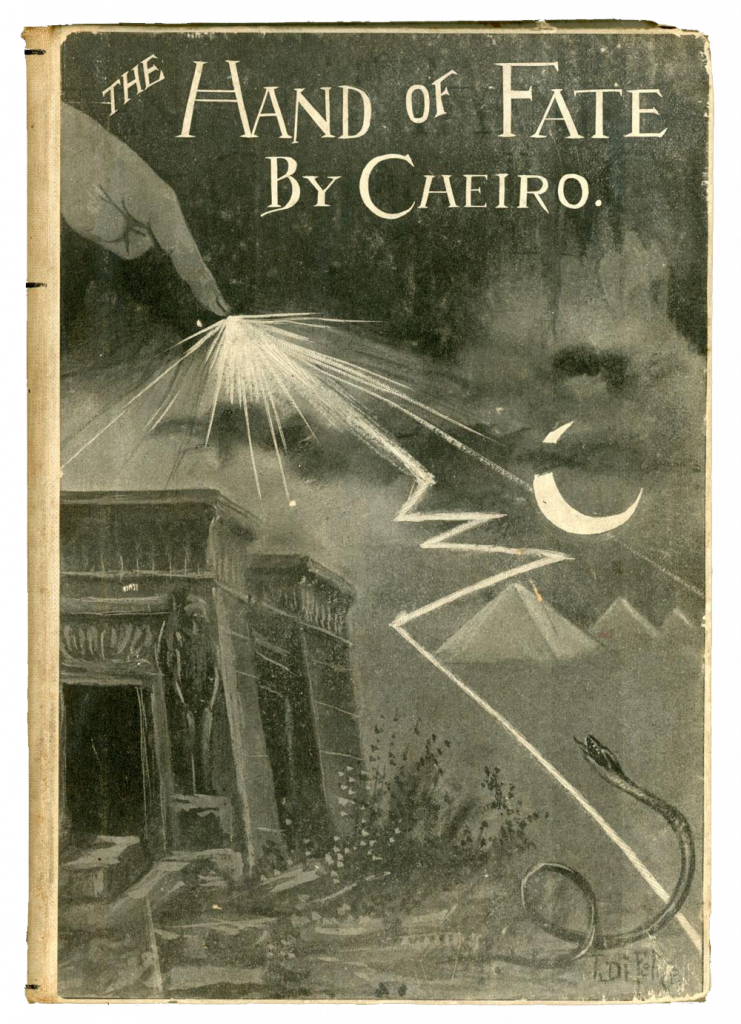
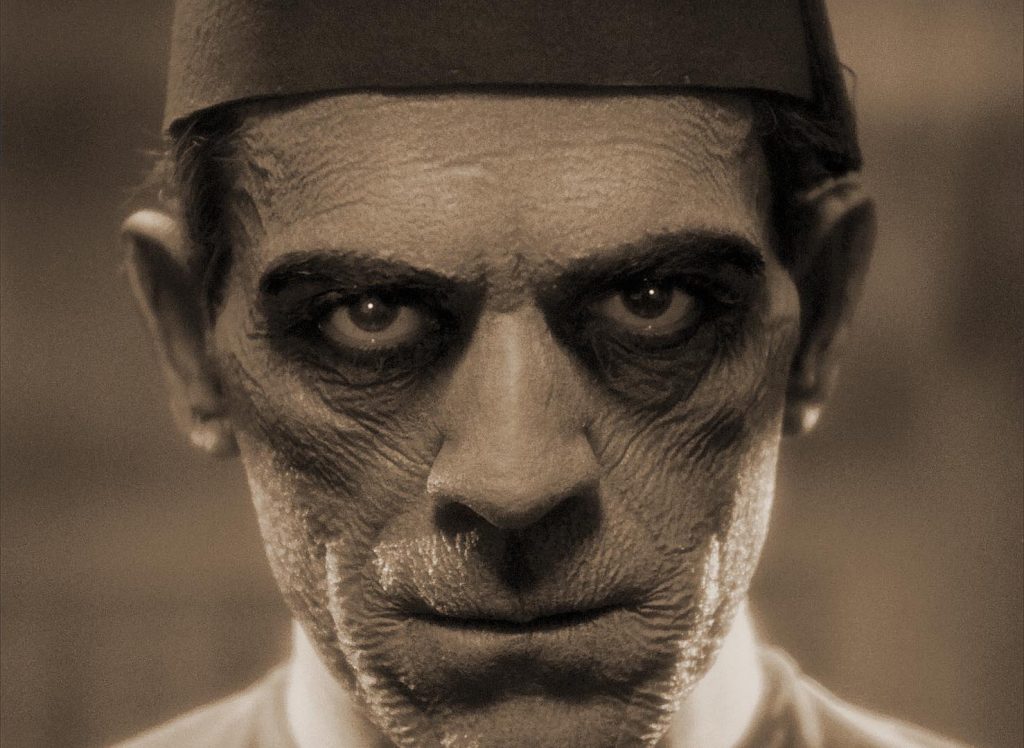

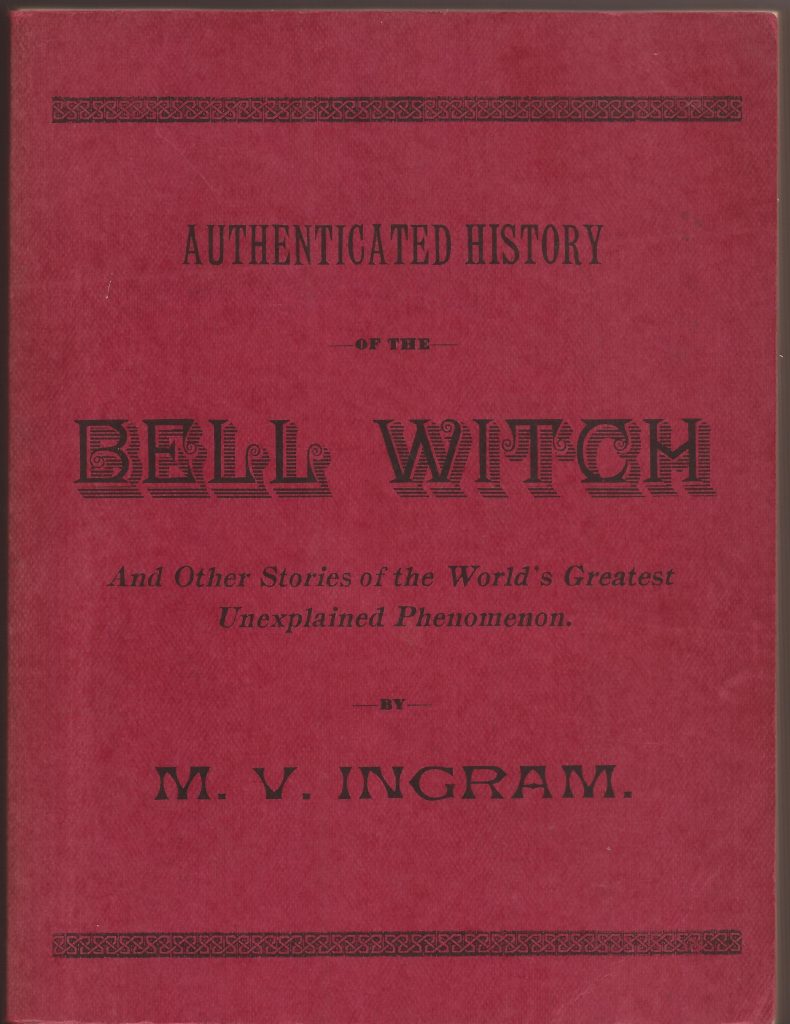
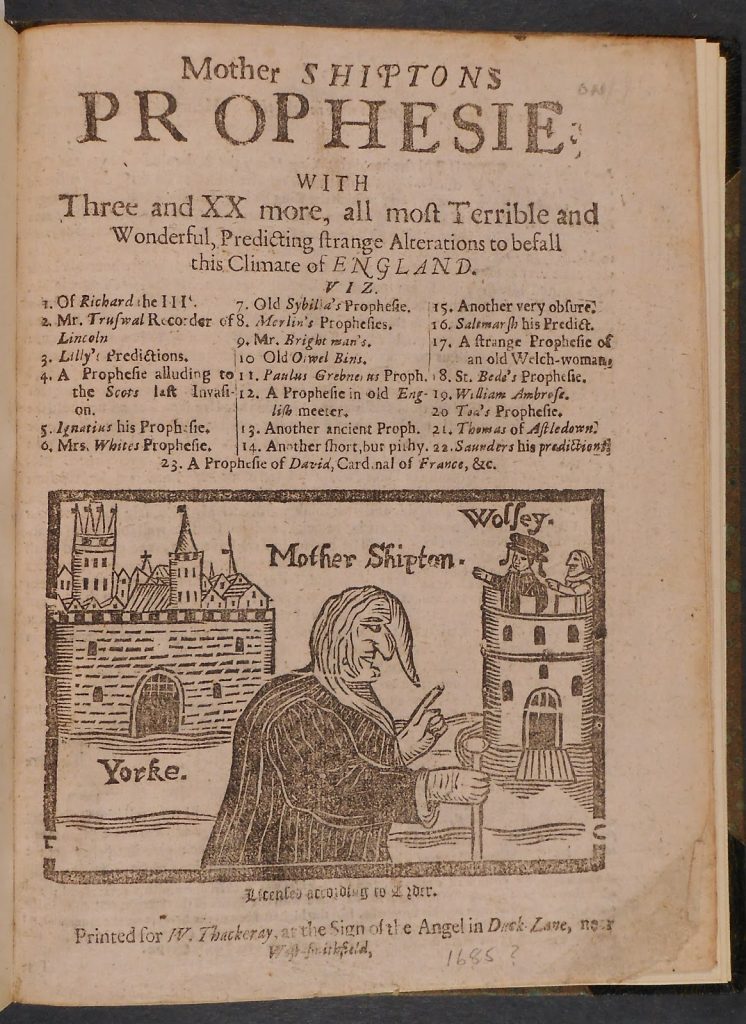 Our next stop in England is the cave known as Wookey Hole about 20 minutes northeast of Glastonbury. Wilkinson reads us a poem from 1748, “The Witch of Wookey” describing how and why a witch formerly haunting the cave was turned into a stalagmite bearing her likeness. We also learn of Leicester’s Black Annis, a monstrous hag said to occupy a cave in the Dane Hills and do terrible things to children.
Our next stop in England is the cave known as Wookey Hole about 20 minutes northeast of Glastonbury. Wilkinson reads us a poem from 1748, “The Witch of Wookey” describing how and why a witch formerly haunting the cave was turned into a stalagmite bearing her likeness. We also learn of Leicester’s Black Annis, a monstrous hag said to occupy a cave in the Dane Hills and do terrible things to children.